3,800m/17,584ft
MAX-ALTITUDESolukhumbu,Nepal
LOCATIONGROUP-SIZE
Minimum 02DIFFICULTY
Hard
Sacred Monasteries & Sherpa Traditions
Along the Three Passes route you’ll explore some centuries-old Buddhist monasteries—like the one at Thame—where prayer flags flutter against Everest’s backdrop, offering a tranquil counterpoint to the rugged trail. Sherpa villagers here continue age-old traditions of butter-lamp offerings and mani-wall carvings, inviting trekkers to join puja ceremonies that deepen cultural connection.
Community & Sustainable Tourism Initiatives
Your trek directly supports community enterprises under the Sagarmatha buffer zone ICDP, which funnels 50% of park fees back into local schools, health posts, and infrastructure. The Sagarmatha Next Himalayan Museum en route to Pangboche educates visitors on Khumbu’s ecology while promoting low-impact hiking practices.
Acclimatization Strategies & Health Tips
To conquer three passes above 5,300 m, plan two acclimatization rest days—one at Dingboche (4,410 m) and another at Chhukung (4,730 m)—and include short “climb high, sleep low” side-hikes such as Chhukung Ri (5,550 m). Carry acetazolamide for altitude headaches and stay hydrated with 3 – 4 litres of water daily; these tactics reduce acute mountain sickness risk by over 60%.
Gear & Equipment: Rental & Essential Checklist
Beyond your standard layers and 0 °C-rated sleeping bag, consider renting crampons or microspikes in Namche for Cho La’s glacier section – many lodges offer rentals at USD 5–10 per day. Pack a 50 L backpack, down jacket, trekking poles, headlamp, water purifier, and high-energy snacks to cover 7–8-hour days comfortably.
Itinerary
Arrival in Kathmandu
Arrival in Kathmandu’s Tribhuvan International Airport, meet, assist and transfer to hotel. After welcome refreshments and room check in the hotel, there will be a short briefing and orientation about the trek. In the evening, a trip briefing will be provided followed by welcome dinner at Authentic Nepali restaurant with a culture program.
Overnight at a hotel in Kathmandu.
Fly To Lukla (27 mins) & start Trek to Phakding (2,652m / 8,700 ft.) – 3 Hrs.
Early morning transfer to the airport to fly to Lukla (2880m). The flight, which takes 27 minutes, is one of the most magnificent mountain flights in the world. It shows the snow-line of the Himalayan Range in the north as well as the rugged landing at the Lukla airport, one of the most spectacular flights in the world. On arrival, the guide will arrange porters at a nearby lodge. During this break, the guests are invited to visit this lively hilltop town with rows of houses, hotels, and shops on both sides of the traditional cobbled street.
The trek follows the trail leading to the northwest direction through the narrow street, which immediately descends from the end of the village on a trail through the open hillside. The trail is well defined and there are many shops and lodges catering to the trekkers. This day’s trek is an easy one and ultimately descends to the river at Phakding (2,652m).
Overnight at teahouse lodge. (Breakfast, Lunch and Dinner)
Trek to Namche Bazaar (3,447m / 11,300 ft) – 5~6 Hrs
Leave the main village and continue the trail on the left bank of the DudhKosi River. It is a lovely walk for the first part of the day as one goes through agricultural area and small wayside communities. Just before noon, there is a strong ascent of around 20 minutes to get at Monjo for noon. After lunch, climb up to the check post to check the permits and entry into the Sagarmatha National Park. Descend for 10 minutes and then cross a suspension bridge to get in Jorsale (2,800m). Pass through various little villages and magnificent pine forest. This is a bustling trail with plenty of human appeal.
Our first good views are of the west ridge of Kusum Kanguru (6,339m). Follow the DudhKosi River, crossing a rickety suspension bridge, which is in a dilapidated condition, and then slowly climb up a very steep trail to Namche Bazaar. Near half waypoint, we enjoy our first views of Mt. Everest (8,848m), Nuptse (7,879m) and Lhotse (8,383m) – the big three. The climb is for nearly 3 hours as one gain in altitude making breathing difficult due to rarified air. Arrive at a gate with a sign saying, “Welcome to Namche Bazaar” but it is very misleading as it takes another 20 minutes to arrive at the main town.
This affluent town is the largest in Khumbu. Mt.Thamserku (6,648 m) and KwangdeRi (6,624 m) overshadow along the east and west of the village. The sacred mountain Khumbila (5,707 m) overshadows along the west.
Overnight at teahouse lodge. (Breakfast, Lunch and Dinner)
Rest day for acclimatization in Namche
In the morning after breakfast go for a walk and later return for lunch. After lunch the guests are free to rest or go around the bustling Namche Bazaar.
Overnight at teahouse lodge. (Breakfast, Lunch and Dinner)
Trek to Thame (3,820m/12,530 ft) – 5~6 hrs
Traverse westward with view of Kwangde (6,343 m) and the waterfall cascading off its flanks. Follow Bhote Kosi as the side hills high on its bank through the red and yellow rhododendron forest, (in full blossom in May). Cross the river and look down the valley for views of Thamserku (6,648 m) and Kusum Kanguru (6,370 m). Climb up to Thame village through the forest. It is a secluded village and the birthplace of Tenzing Norgay, the first Sherpa to climb Mount Everest.
Overnight at teahouse lodge. (Breakfast, Lunch and Dinner)
Trek to Lungden (4,380m/14,370 ft) - 4~5 hrs
Today we start our serious high altitude trekking. We walk for about 4 hours through a stunning landscape on an old trade route to Tibet to the village of Lungden. This village has only one lodge and is aptly called the Renjo La Support Lodge.
Overnight at teahouse lodge. (Breakfast, Lunch and Dinner)
Trek to Gokyo via Renjo La Pass (5,360m/17585 ft) - 9 hrs
The big day gets up real early and it is a long day, as we have to walk about 6 hours to reach the pass, going slow because of the high altitude. From here, after a brief stopover to enjoy the striking view of the Everest Range and photographs, we start on a remarkably difficult downhill journey for about 3 hours to reach the village of Gokyo and walk along the stunning and beautiful Dudh Kunda.
Overnight at teahouse lodge. (Breakfast, Lunch and Dinner)
Trek to Gokyo Fifth Lake and return back to Gokyo Valley - 8 hrs
After breakfast, trek to Gokyo Fifth Lake which offers the excellent view of Everest and Cho Oyu. Later return back to the hotel for rest.
Overnight at teahouse lodge. (Breakfast, Lunch and Dinner)
Trek to Thangna (4,700 m) - 4 hrs
It’s an easy trail but we will be walking through glaciers. After 4 hrs of gradual walk we will reach Thangna and rest.
Overnight at teahouse lodge. (Breakfast, Lunch and Dinner)
Trek to Lobuche (4,931 m / 16,173 ft) via Cho La Pass (5,420m / 17782 ft)– 9 hrs
After breakfast, we start the trek. It’s a tough day, where we will cross another pass i.e. Cho La Pass and reach Dzongla for lunch. Later, walk gradually to reach Lobuche.
Overnight at teahouse lodge. (Breakfast, Lunch and Dinner)
Trek to Dingboche (4,410 m / 14469 ft) via Kongma La Pass (5,535m / 18160 ft) – 9 hrs
Today, we begin our walk early in the morning with packed breakfast and lunch. We will cross the 3rd and final pass of the walk, which is the highest pass compared to the other two passes. Via Khumbu Glacier, a trail leads to the Kongma La Pass. Now, a short downhill walking and subsequently gradually reach the magnificent valley Dingboche.
Overnight at teahouse lodge. (Breakfast, Lunch and Dinner)
Trek to Tengboche Monastery (3,800 m / 12,464 ft) – 8 hrs
After breakfast, continue walking downhill. At the rear is the view of Everest, Lhotse, Pumori, Island Peak and Ama Dablam getting further away. After having lunch, continue walking further downhill until you reach Deboche. 30 mins steep climb, we will reach Tengboche, a beautiful place with Monastery.
Overnight at teahouse lodge. (Breakfast, Lunch and Dinner)
Trek to Chukkung via Kongma La Pass (5,535m / 18160 ft) – 9 hrs
After breakfast, the descent to the Imja Khola and the small village of Phunki(3,250 m) with its water powered Prayer Wheels takes about one and half hours. The original bridge built by Sir Edmund Hillary was washed away when a flood caused by the landside from the Ama Dablam caused flooding in this region. Cross the river on the smaller bridge and start climbing up to Khumjung. Behind is the nice west face of the Thamserku 6,608 m and Kang Taiga 6,685 m.
Overnight at teahouse lodge. (Breakfast, Lunch and Dinner)
Trail Back to Lukla - 9 hrs
From Namche, walk to the end of the village and then immediately start down to the river. If going up was tough then equally hard it is to get down the hill. Head along the banks of the river and then further down to Monjo or Phakding for lunch.
It is interesting to watch others staring enthusiastically on the trek. From Phakding, it is a surprising hard uphill climb to Lukla, which should take about 3 hours. It is a delightful ending to the trip as one enters into this busy village of Lukla.
Dinner and overnight at teahouse lodge. (Breakfast, Lunch and Dinner)
Fly to Kathmandu
Early morning, fly from Lukla to Kathmandu. Upon arrival, meet, assist and transfer to the hotel.
Rest of the day is free for shopping and personal activities.
Overnight at a hotel in Kathmandu. (Breakfast)
Rest in the Morning, Half Day Sightseeing in Kathmandu.
Today the first half of the day you take rest. Later after lunch go for sightseeing, visiting the Boudhanath Stupa– an ancient colossal stupa and the center of Tibetan Buddhism in the world, Pashupatinath Temple- the Temple of Lord Shiva situated on the bank of the holy Bagmati River and Patan Durbar Square one of the ancient city of Nepal.
Overnight at a hotel in Kathmandu. (Breakfast and farewell Dinner)
Farewell
Free for final minute packing and shopping until transfer to the airport for final departure (Breakfast).
Got any question or Inquiries about the trip ?
In the morning after breakfast go for a walk and later return for lunch. After lunch the guest are free to rest.
Inclusions
Cost Includes
- All transfers, sightseeing tours & drives as per itinerary in a private tourist vehicle accompanied by an English speaking guide from Himalayan Holidays.
- Welcome Garlands of seasonal flowers upon arrival.
- Airfare cost of Lukla-Kathmandu-Lukla.
- Sagarmatha National Park fees & TIMS Permit.
- 3 nights stay at a hotel (as above) in Kathmandu on a twin sharing basis including American breakfast and all taxes.
- Nepali Welcoming Dinner at a Nepali genuine restaurant in Kathmandu.
- Tea House trip as per Itinerary comprising meals (Breakfast, Lunch and Dinner) accommodation at Lodges and Tea Houses, and the assistance of English speaking trip guide and a team of experienced Sherpa assistant/s and trusted porters.
- Cost of guides, sherpas and porters according on the size of the group.
- Sightseeing tours as per itinerary including applicable monumental entry fees.
Cost Excludes
- International airfares and airport departure taxes.
- Nepal entry visa fees (US$25 & US$ 40 per person for 15 days and 30 days respectively for multiple entry visas).
- Single supplement cost.
- Items of personal nature such as laundry, bar bills, snacks, alcoholic beverages, extra mileage, optional tours, such as Mountain Flights, telephone calls, internet services, personal gratuities to the guides, bell-hops or hotel porters, drivers, etc.
- Comprehensive Travel Insurance or "Umbrella Insurance" to cover – Illness, hospitalization, travel medicines, loss of valuables, thefts, change of itinerary, flight and tour cancellations due to unavoidable circumstances and most of all Emergency Helicopter Charter for evacuation purpose.
- Tips for guide, porters and sherpas.
- Any items that are not mentioned in above the costs include section.
Availability
Book this trip with us from the following dates. For Custom Trips or general inquiries, Contact Us.
Departure Date
Availability
Action
Dec 07 (Thursday)
49 Slots left
Dec 08 (Friday)
20 Slots left
Dec 09 (Saturday)
50 Slots left
Dec 10 (Sunday)
100 Slots left
Dec 11 (Monday)
200 Slots left
Reviews
Frequently Asked Questions
A Nepal visa is simply issued from the Nepalese Embassy in your country. Nepal also offers an entry visa for 15 days, 30 days and 90 days at a price of USD 25, USD 40 and USD 100 accordingly. Please have two passport size pictures along with you.
The Three Passes Trek is rated challenging due to three high passes—Kongma La (5,535 m), Cho La (5,420 m), and Renjo La (5,360 m)—and daily ascents of 600–900 m on rocky, sometimes icy terrain. Expect 6–8 hours of hiking per day over 17–18 days, with few flat sections.
You must carry a Sagarmatha National Park Permit, obtained in Kathmandu or Namche Bazaar, and a TIMS(Trekkers’ Information Management System) card, issued by Nepal Tourism Board–registered agencies. If you detour to Gokyo Lakes, an additional Gokyo Lakes Permit applies.
It is mandatory to have your insurance before you visit Nepal. For trekking and Alpine Climbing you must have High Altitude Insurance.
Optimal windows are spring (mid-March to May) and autumn (late September to November), offering stable weather, clear skies, and rhododendron blooms in lower valleys. Monsoon months bring landslide risk, while winter nights below –20 °C can make higher passes hazardous.
Adopt a “climb high, sleep low” approach, ascend no more than 500 m per day above 3,000 m, and hydrate 3–4 L daily. Consider prophylactic acetazolamide (Diamox) after medical consultation; this has been shown to halve AMS incidence.
While many trekkers go solo, hiring a guide is recommended for route-finding in poor weather, arranging teahouse stays during peak season, and cultural interpretation. Guides also monitor your health for early signs of altitude issues.
Essentials include:
- Backpack (50 L) and 0 °C sleeping bag
- Layered clothing: merino base, fleece mid, waterproof shell
- Trekking boots, microspikes/crampons, poles
- Water purifier (tablets or SteriPEN) and 2×1 L bottles
- Headlamp, sunglasses, sunblock
- First-aid kit with altitude meds and blister care
- Snacks: energy bars, nuts, chocolate
GSM coverage (Ncell, NTC) exists in villages up to Dingboche; speeds are slow. A few lodges in Namche and Tengboche offer paid Wi-Fi (USD 2–5 per hour).
Below 4,000 m you’ll stay in tea houses with beds and shared bathrooms; above that, simple huts and tent camps offer basic shelter and packed meals.
Transport depends on the place you travel. We have our own fleet of transportation like cars, jeep Hiace and Coaster tourist bus for ground transfer. Domestic air planes and helicopters are used for air transportation.
Similarly, during winter i.e. Snowfall will be high from December, January, and February in Mountains, dropping the temperature as low as -15 degrees Celsius during night hours. In the morning and evening, the temperature would be around -5 to 5-degree Celsius and rise up to 15 degrees Celsius in the daytime. And our monsoon season starts from June to August, wherein we get heavy and continuous rainfall. But if we go above 3000m, the ratio of rainfalls would decrease. Temperature during the daytime will go to 25 degree Celsius high and at night and come down till 0 to -5-degree Celsius. In the morning and evening it is chilling 5 to 15 degree Celsius.
If it’s an Altitude Sickness problem then we will immediately carry you down to the lower altitude. We will take you to the nearby health post and if the case is serious we will do immediate helicopter rescue and admit it in major hospitals in Pokhara or Kathmandu.
Giving tips to guides and porters is a small gesture of thank you for your service. We do not fix the amount of tips, but it depends on the level of satisfaction from your guide and porters’ service during your trekking. This small gesture will help to support their family. The tipping system in Nepal is 10% of the amount that you paid for your trip.
Yes, it’s possible to extend your trip. You can always let your guide know about it and we will arrange the logistics.


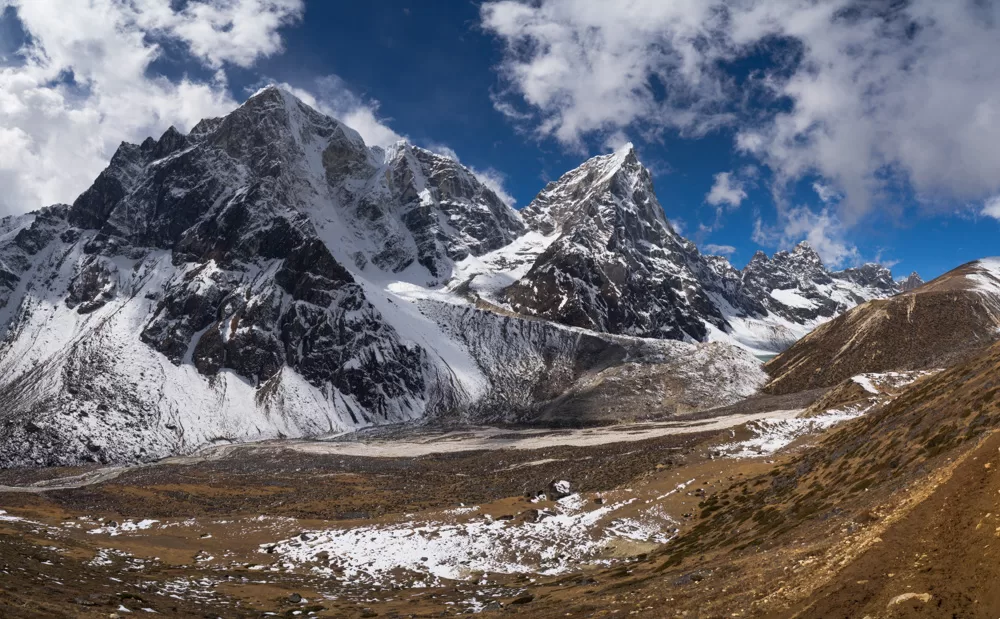

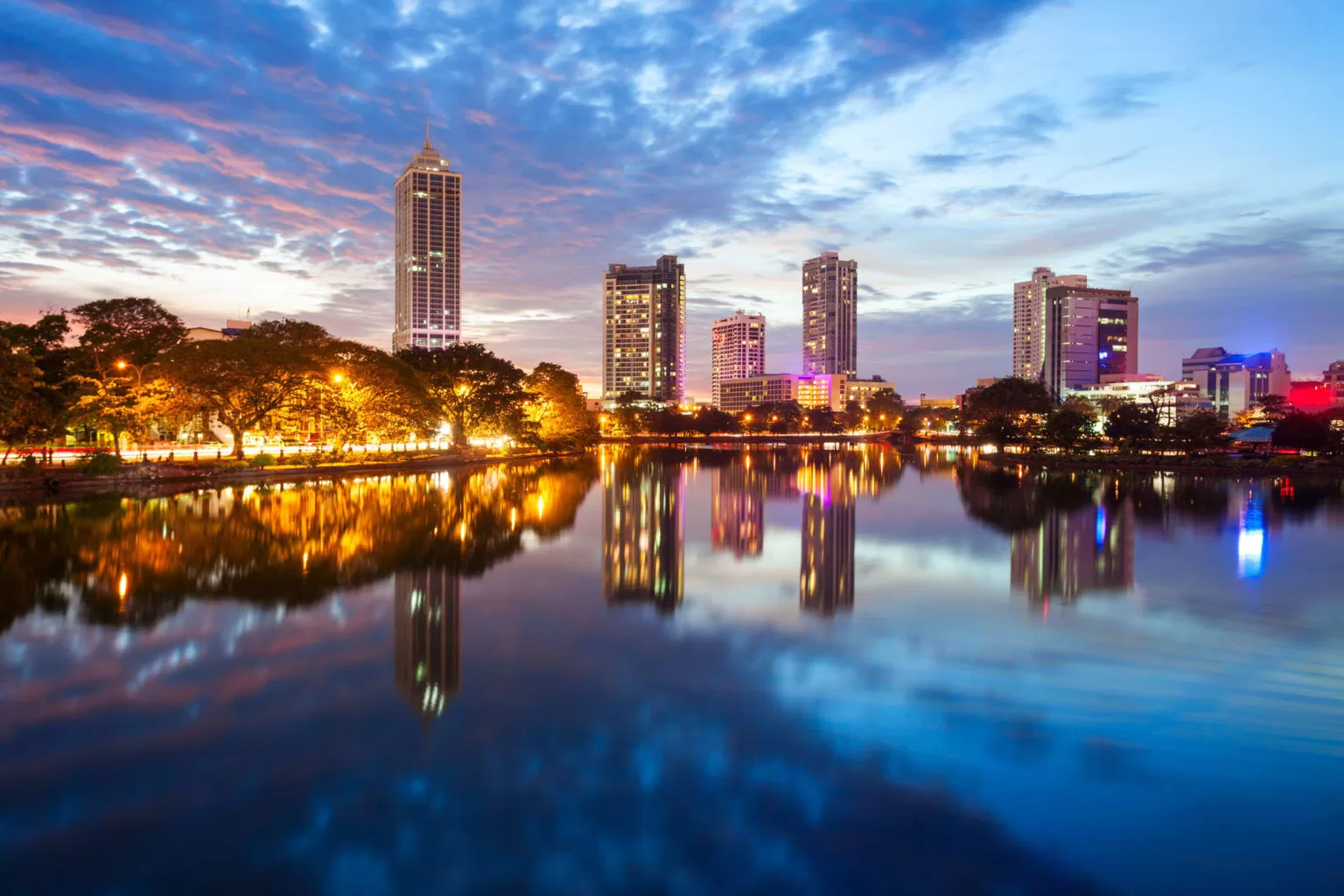
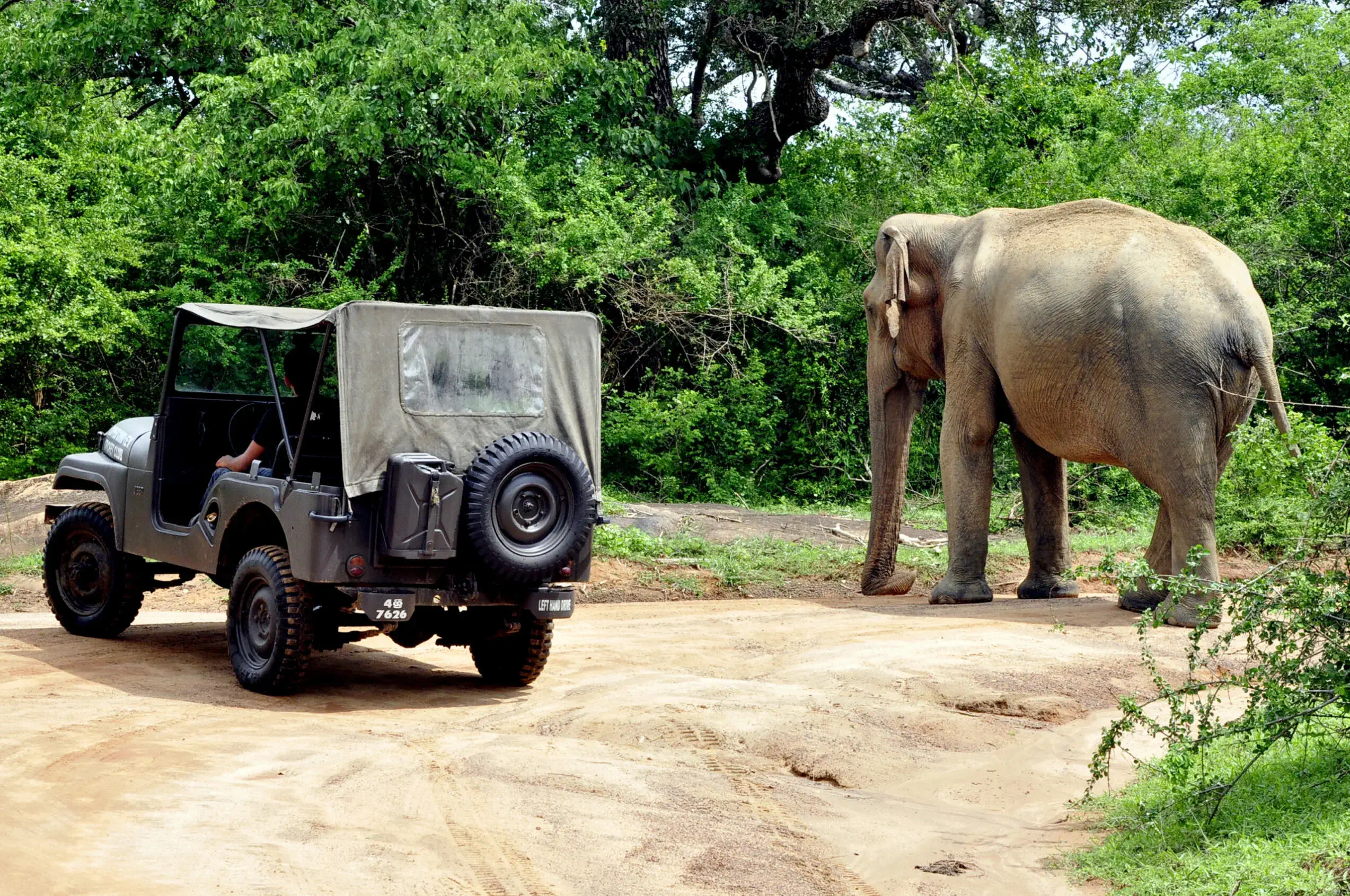
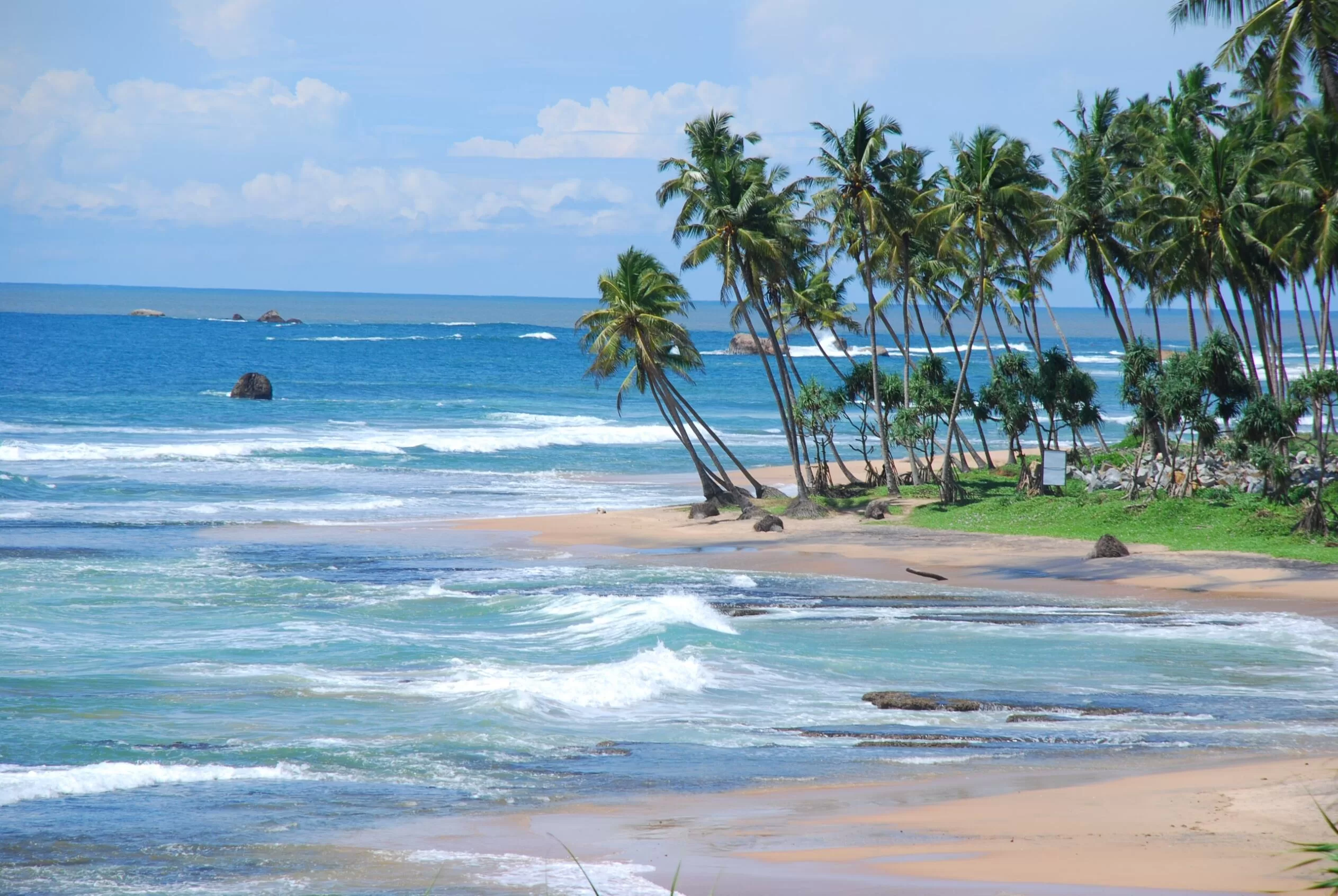
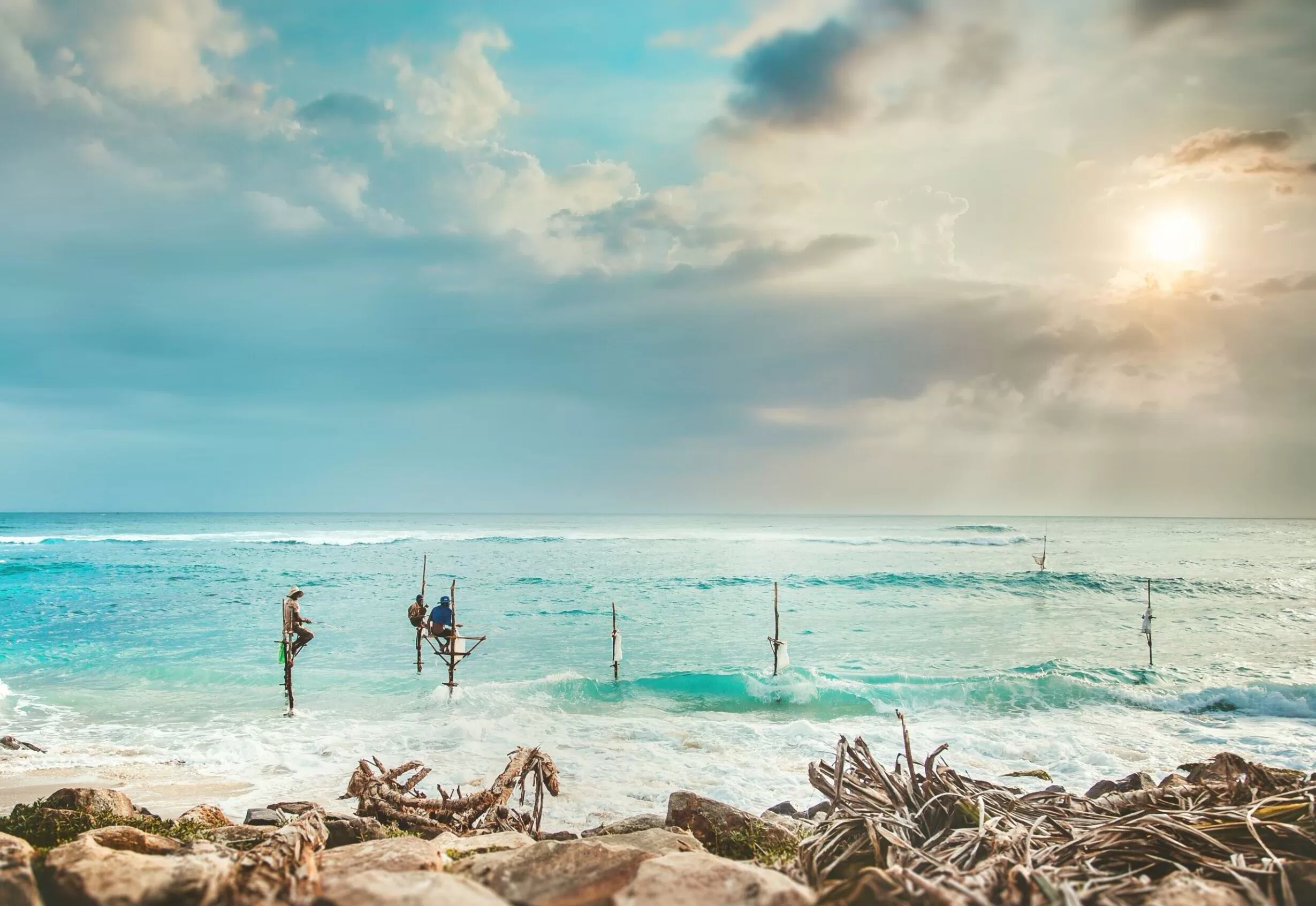
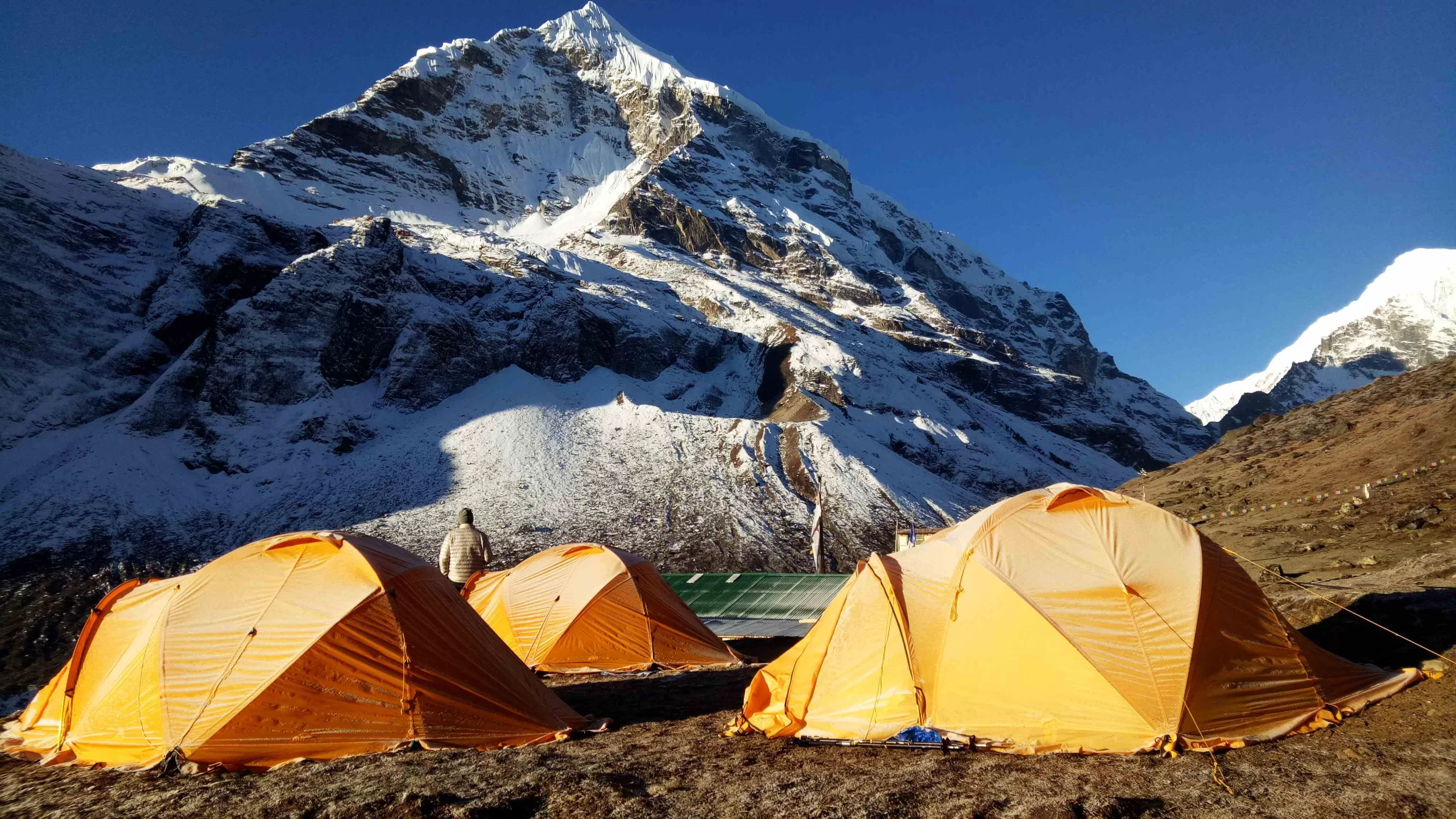
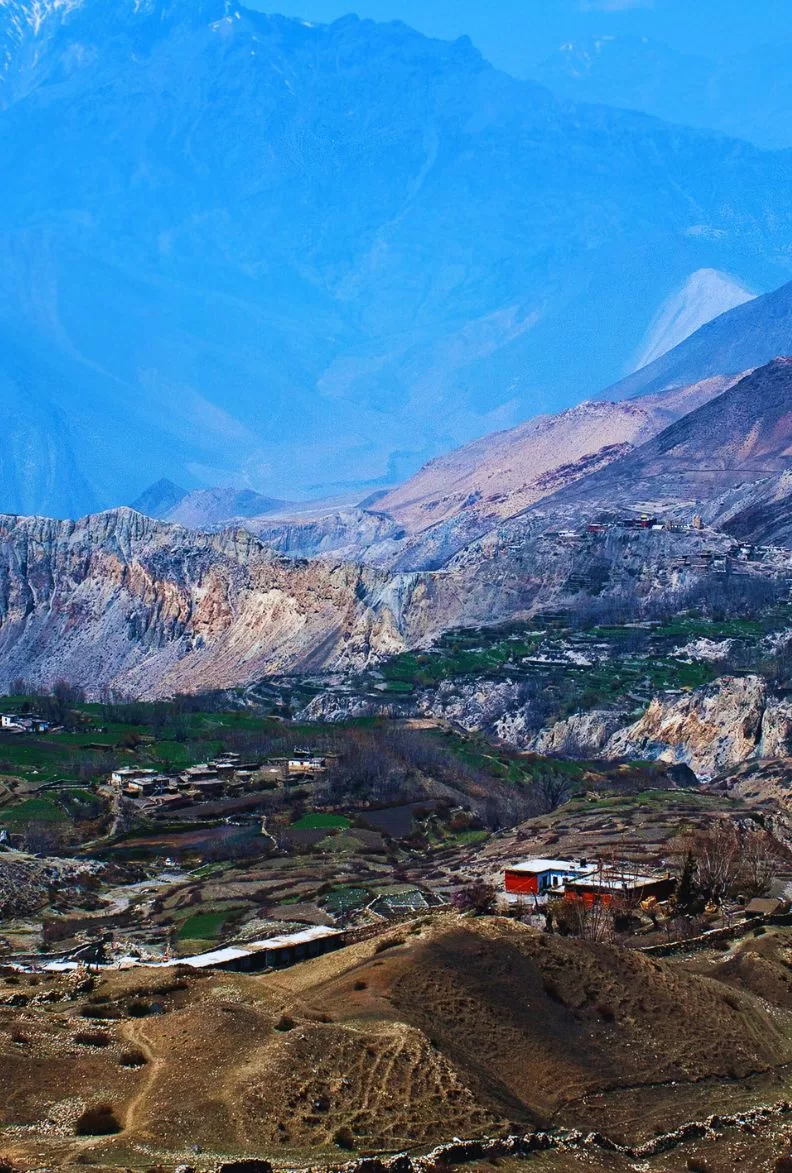
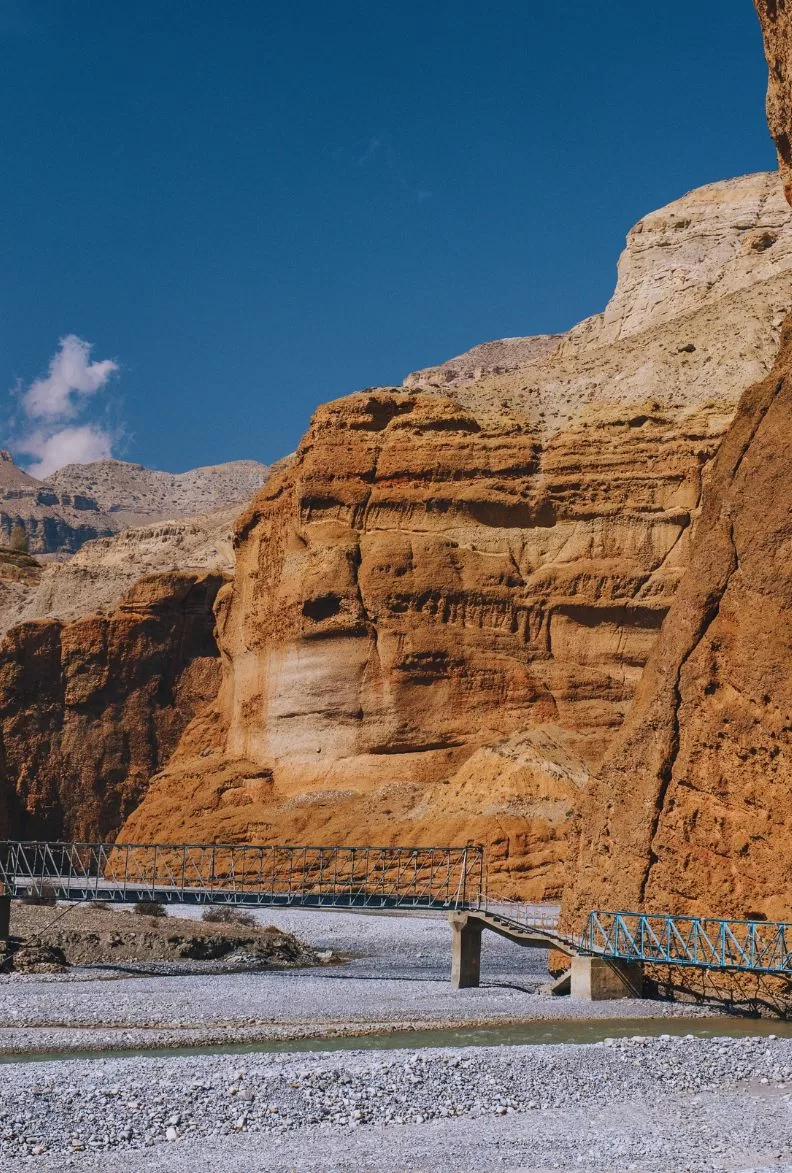
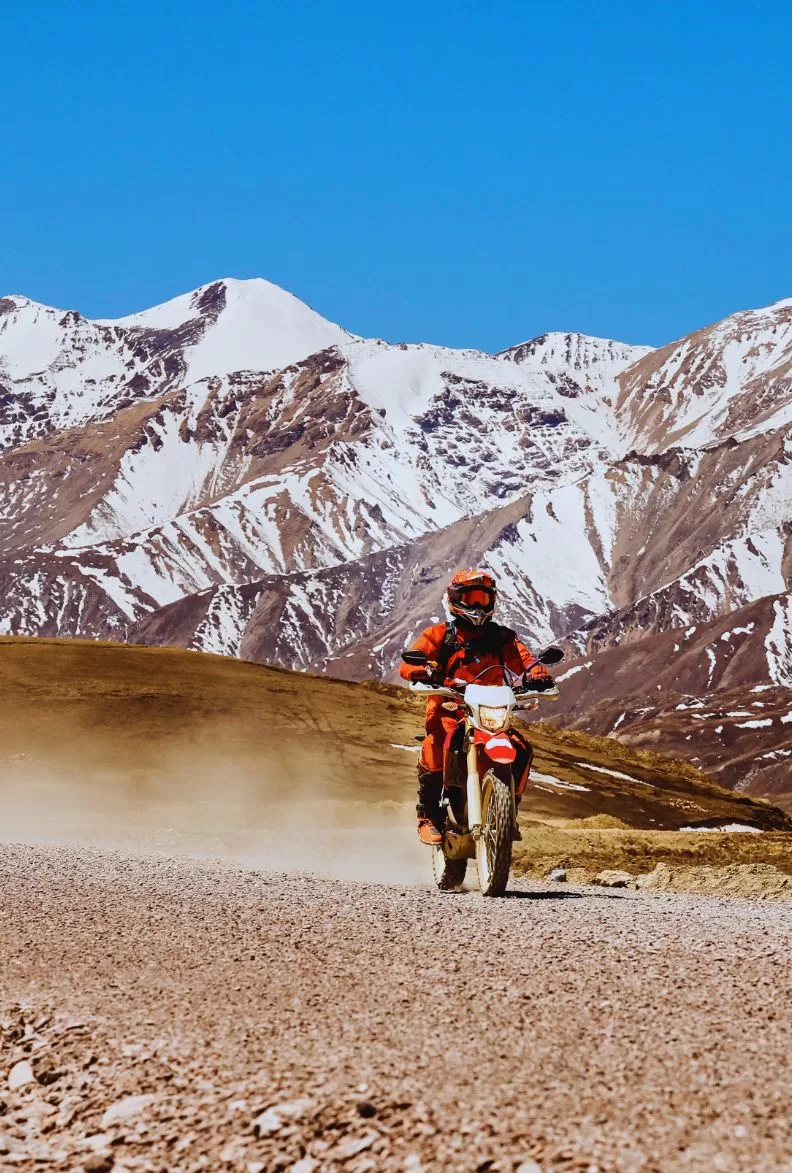
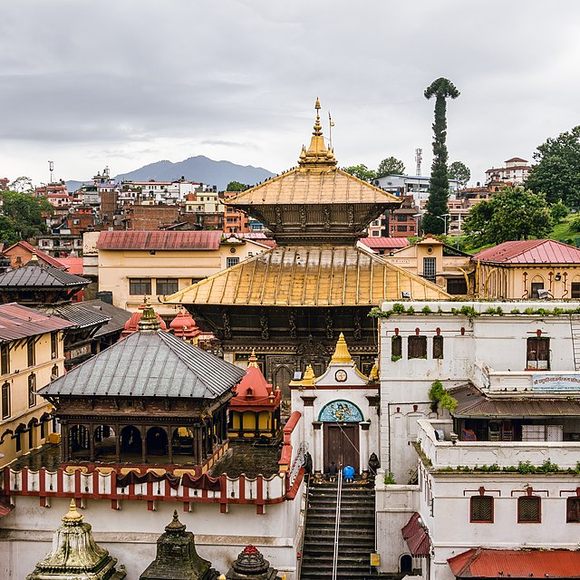
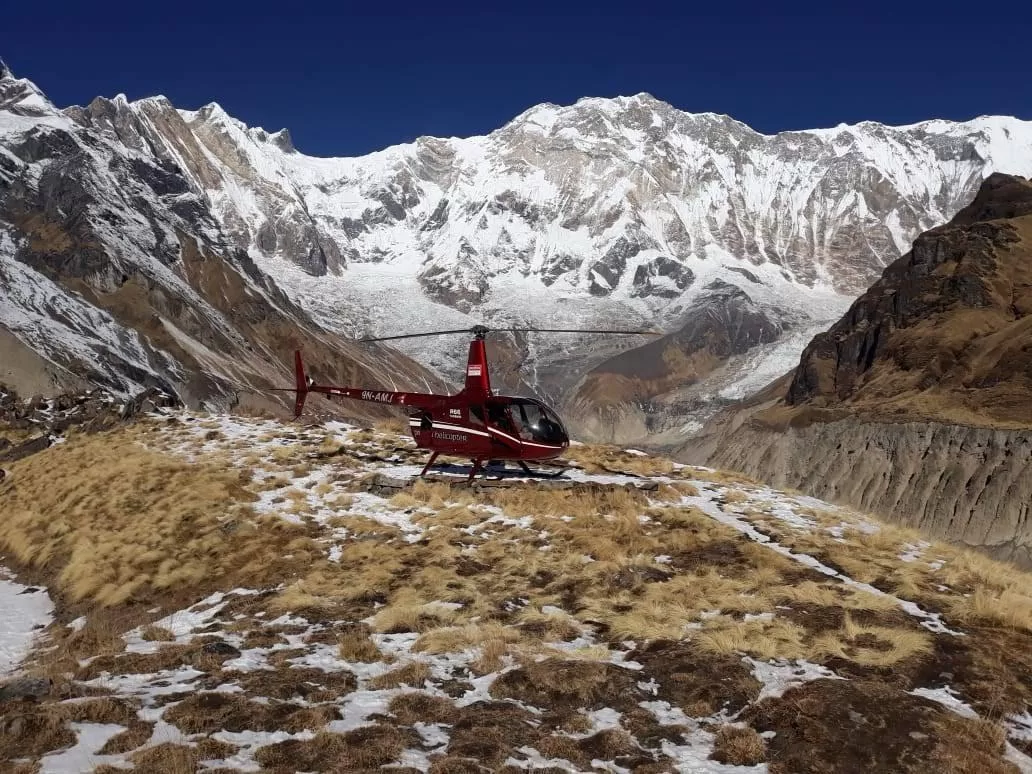
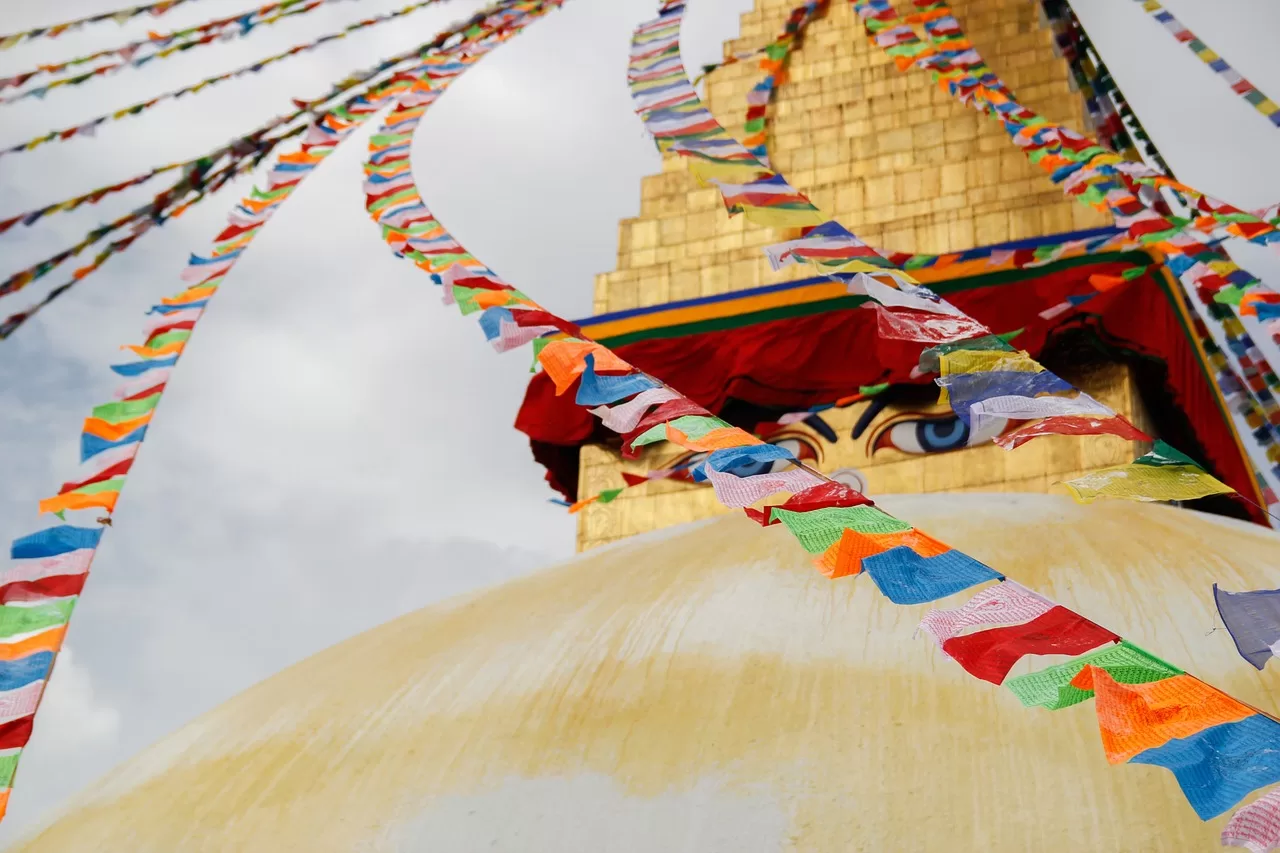
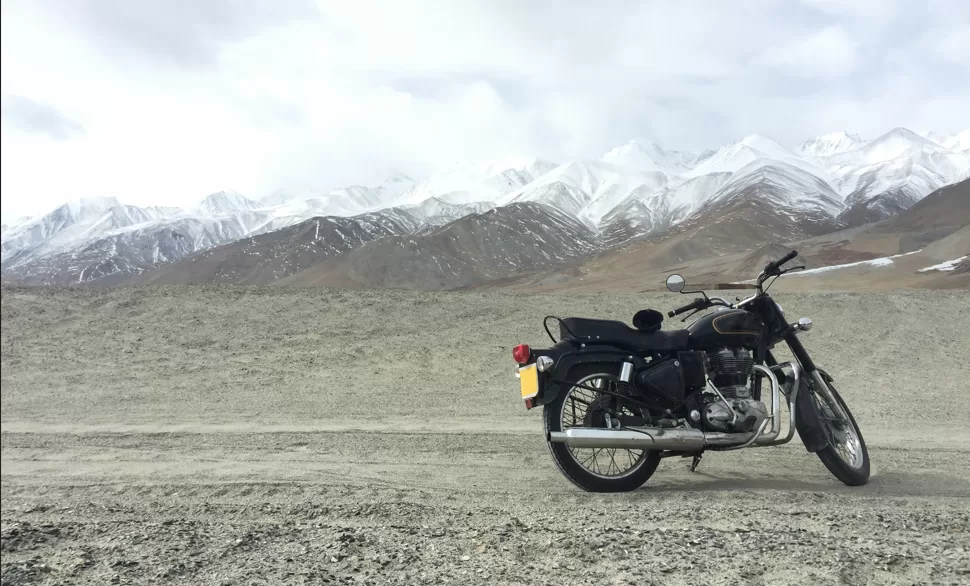

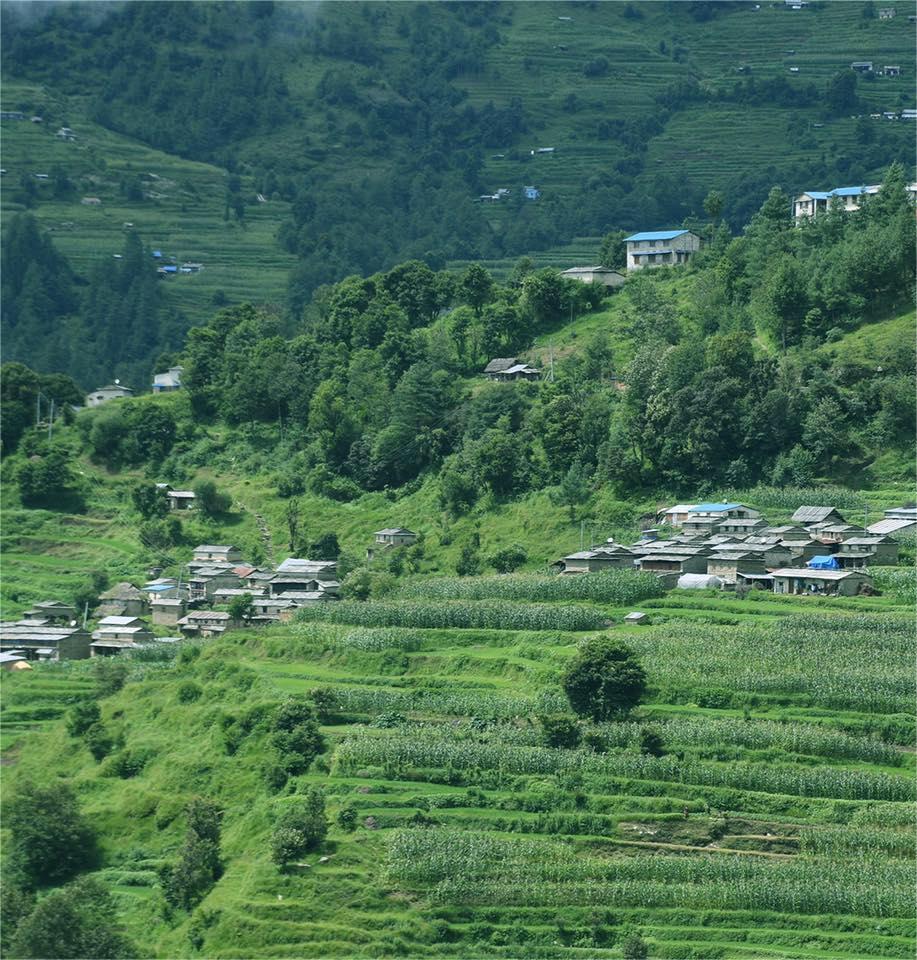
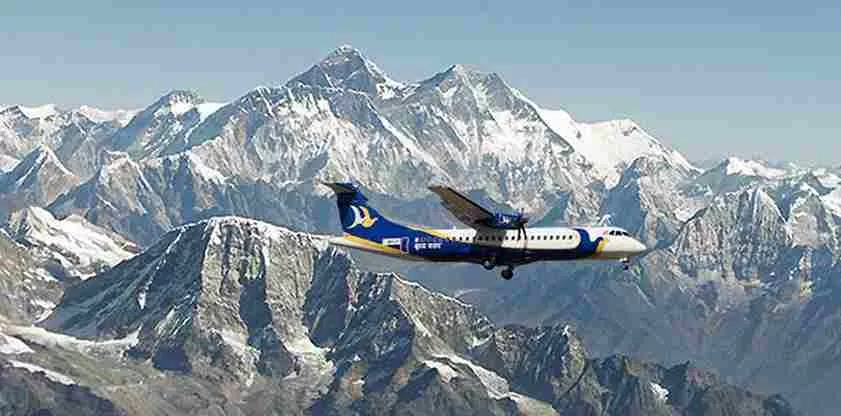
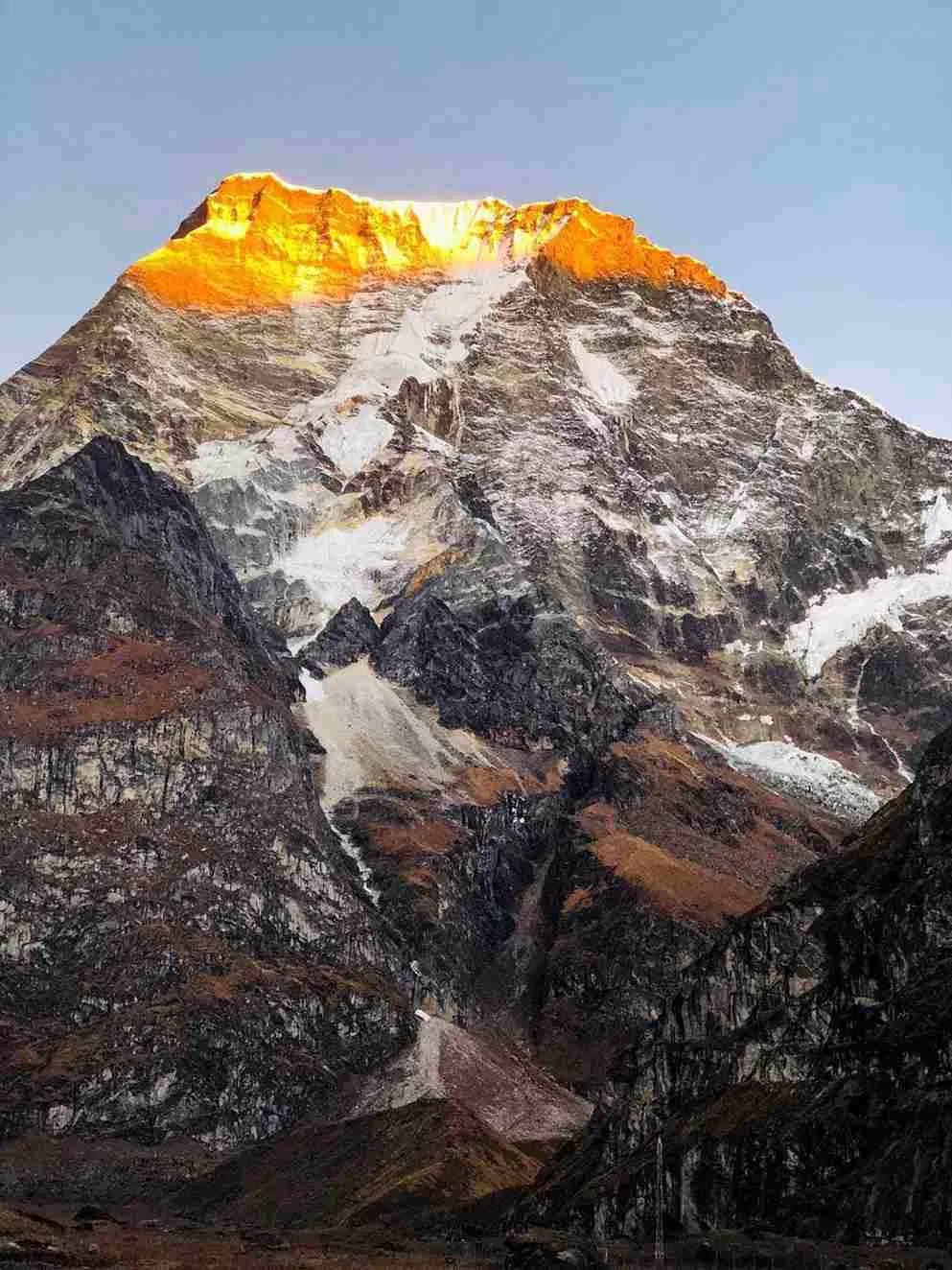
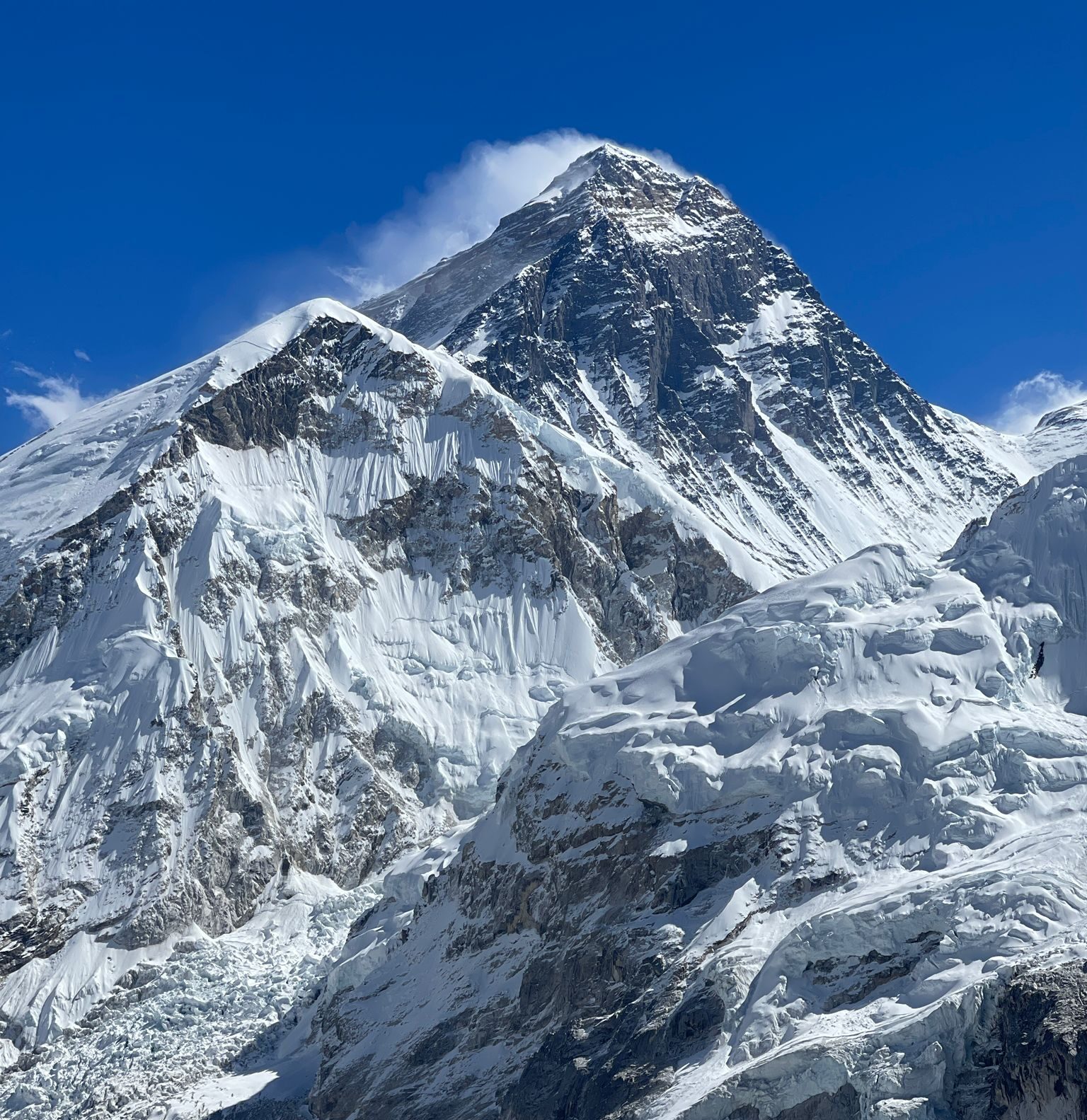
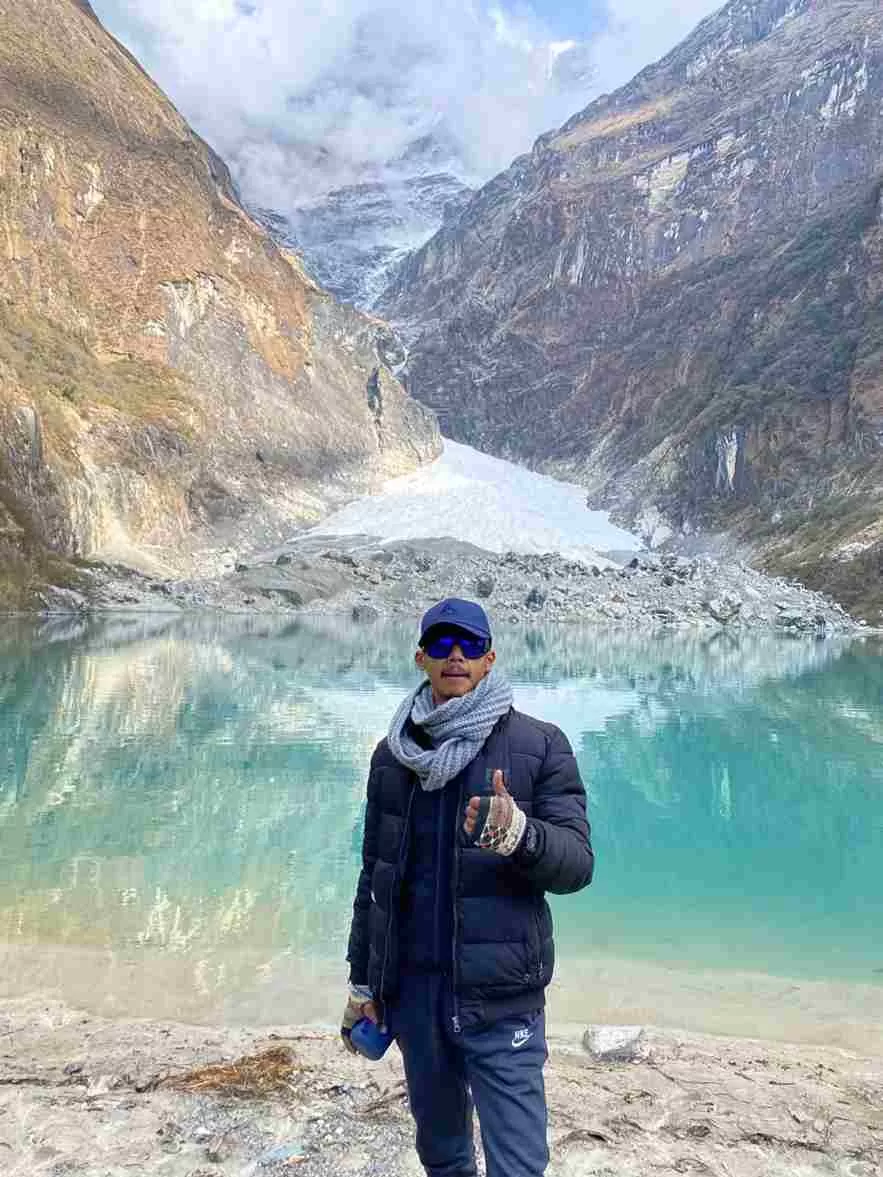
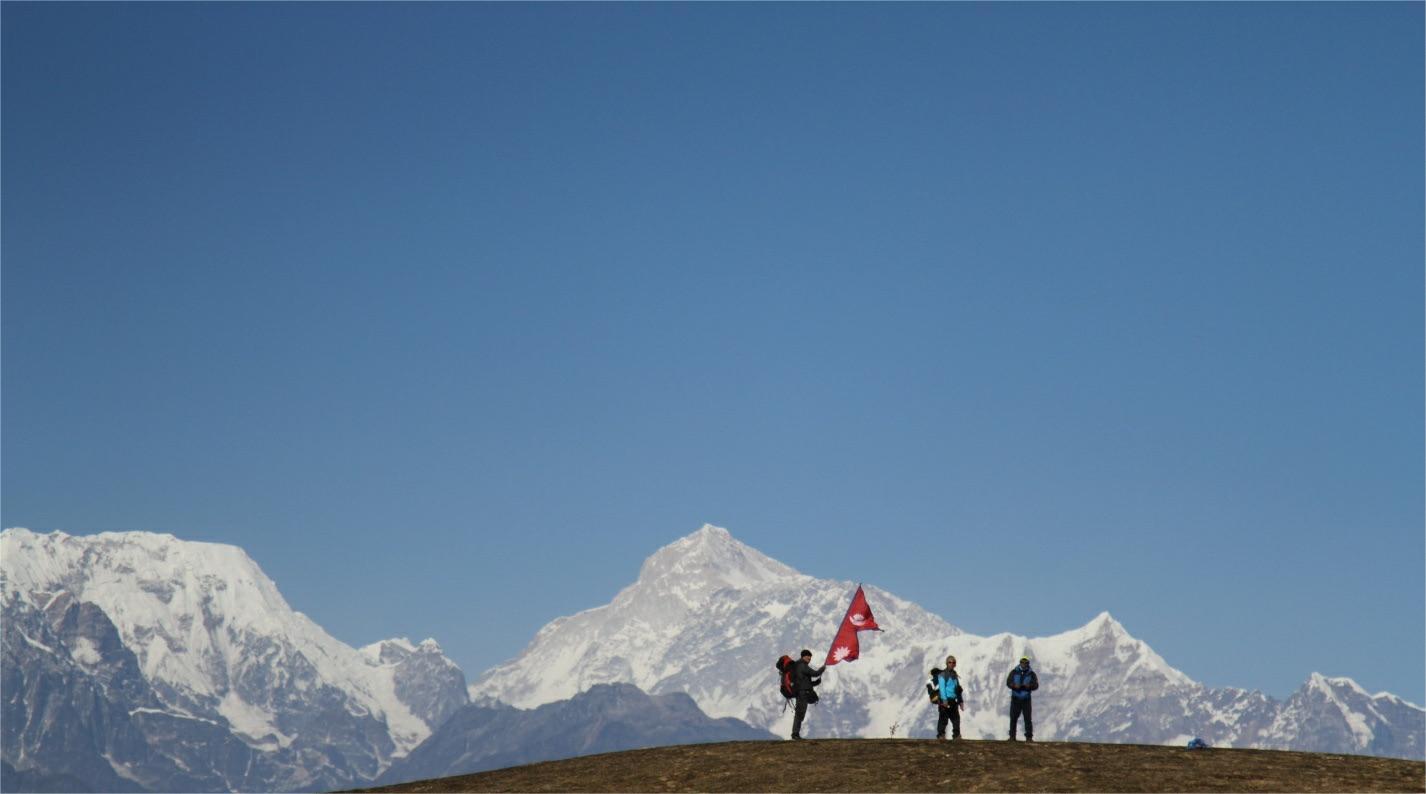
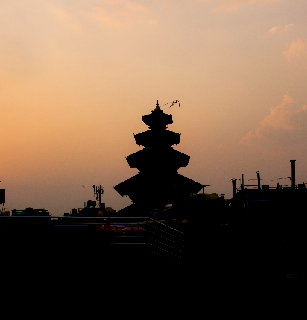
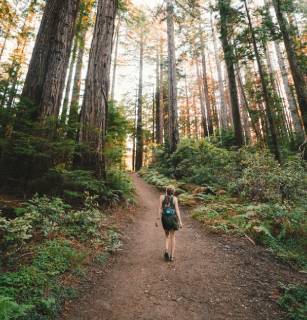
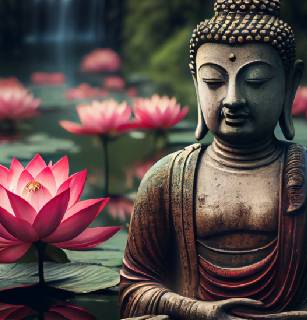
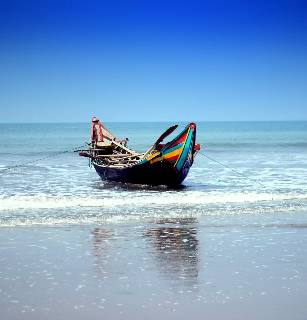
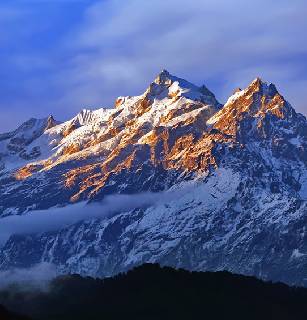
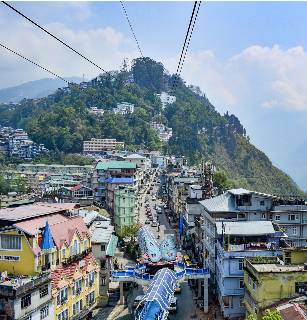



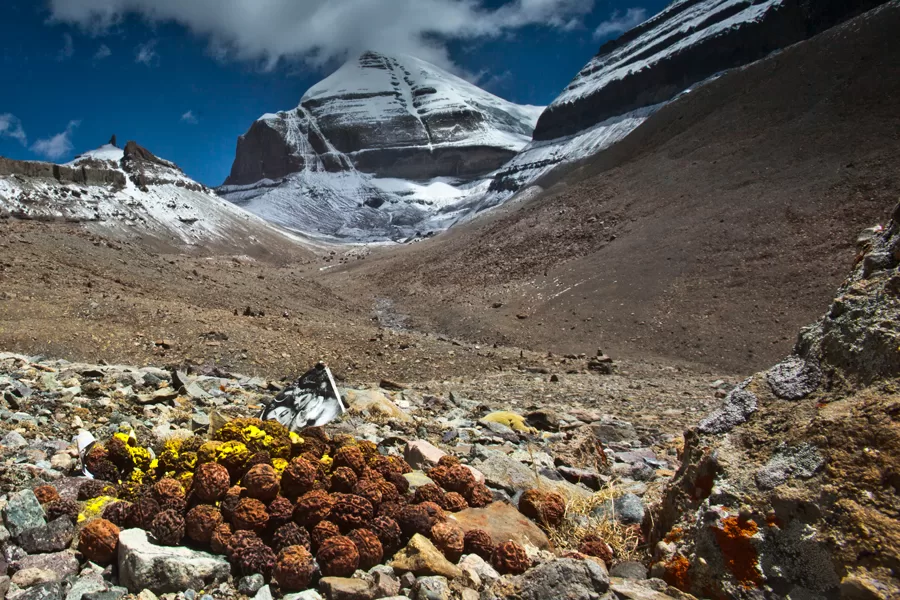
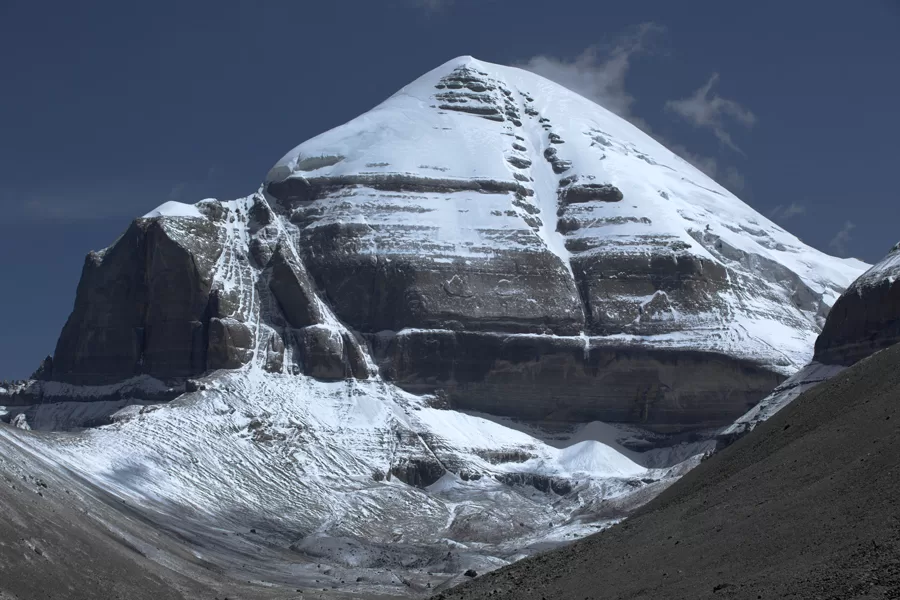

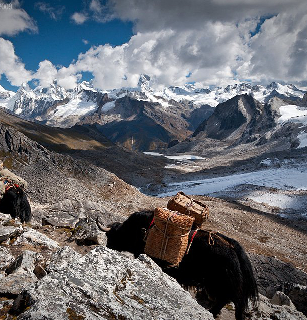


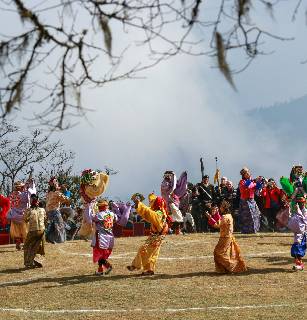
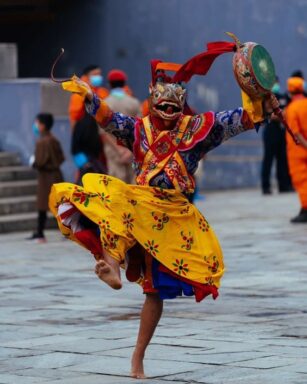
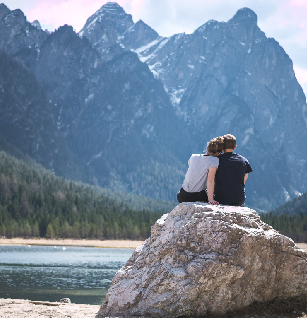
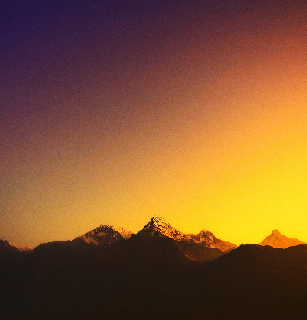
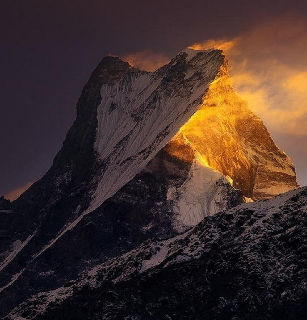
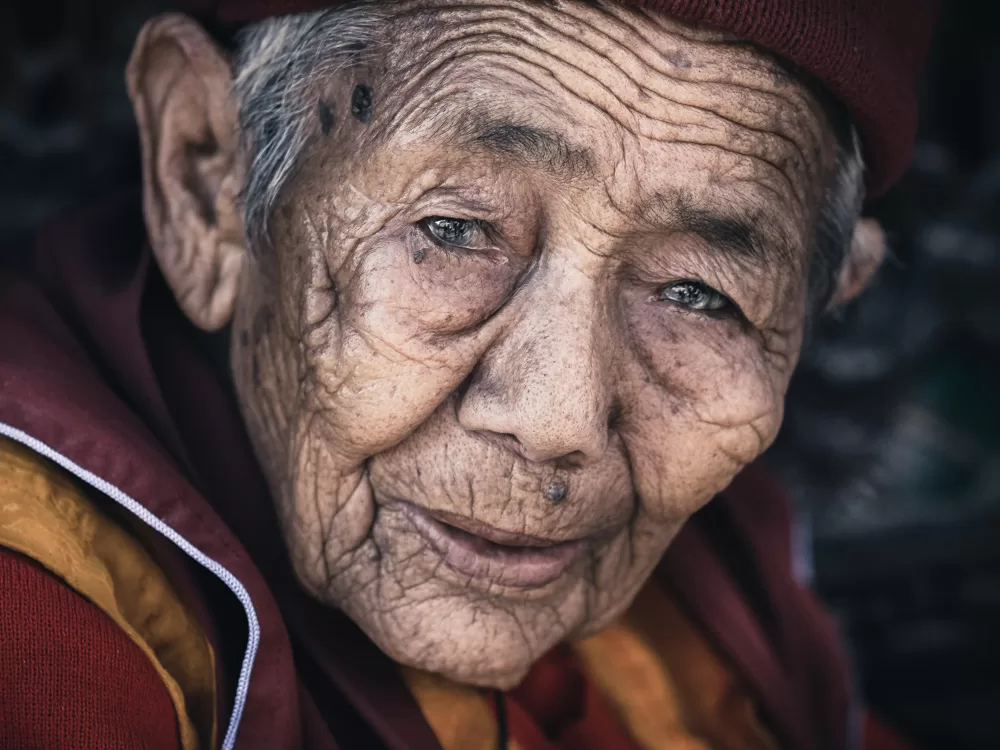
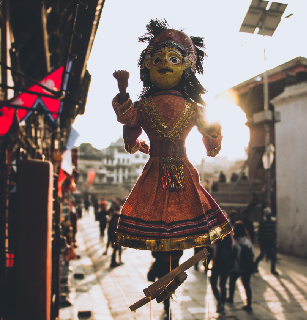
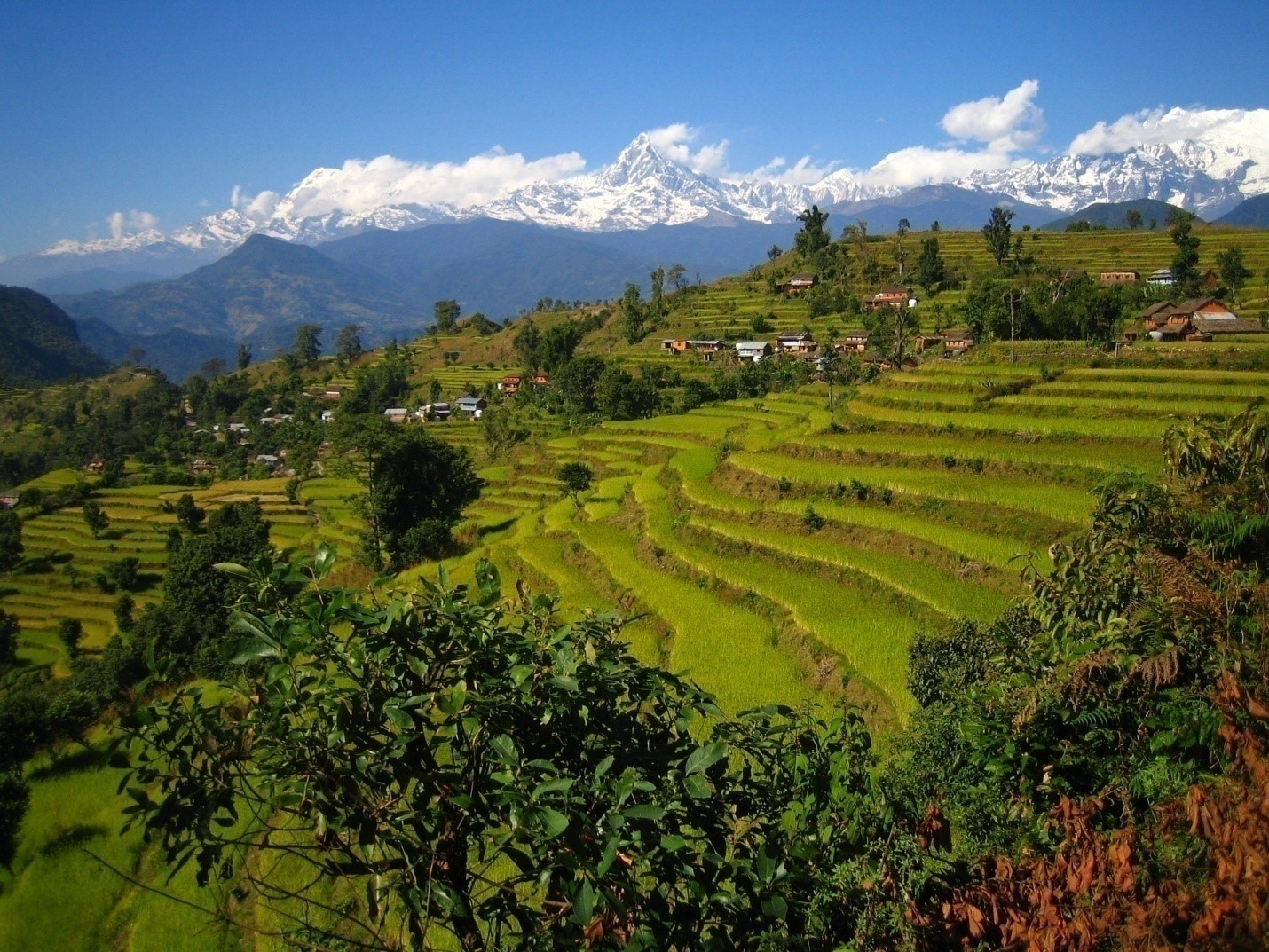






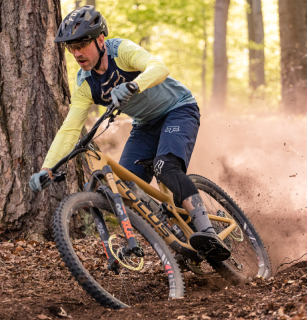


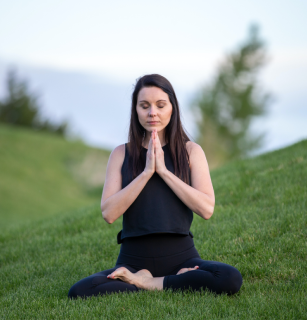
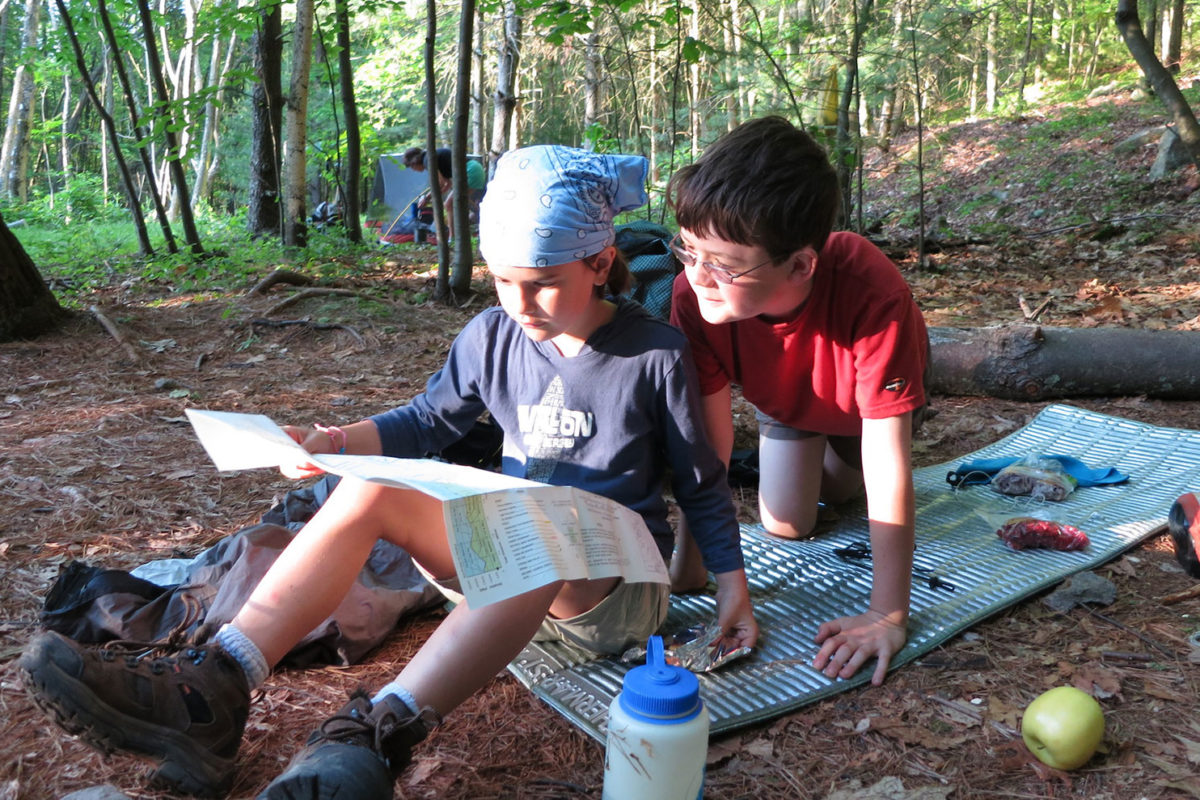
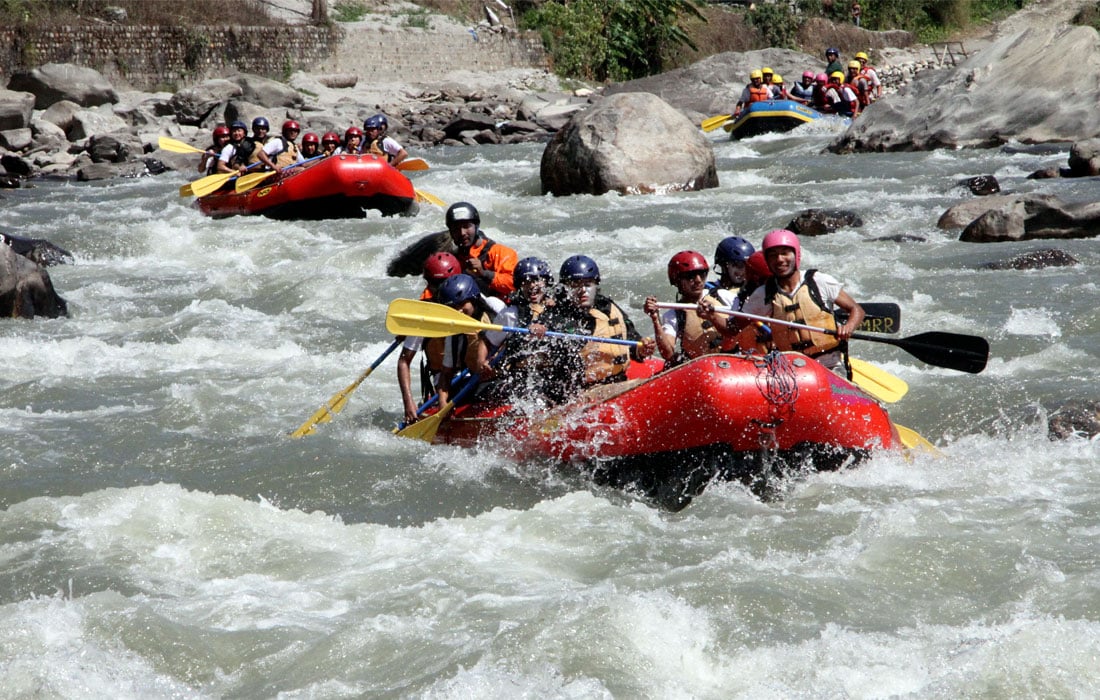
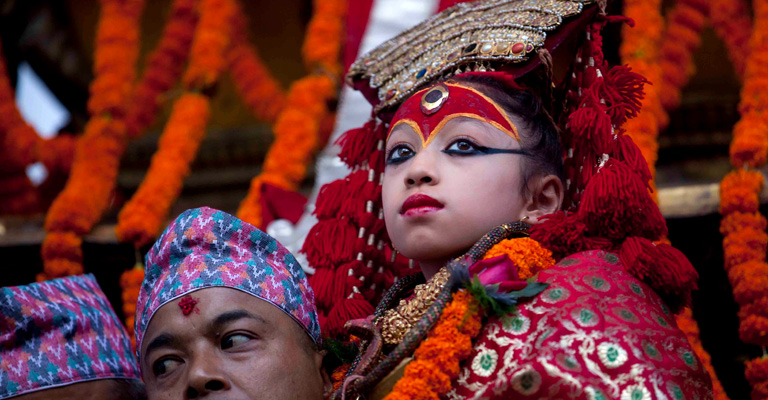


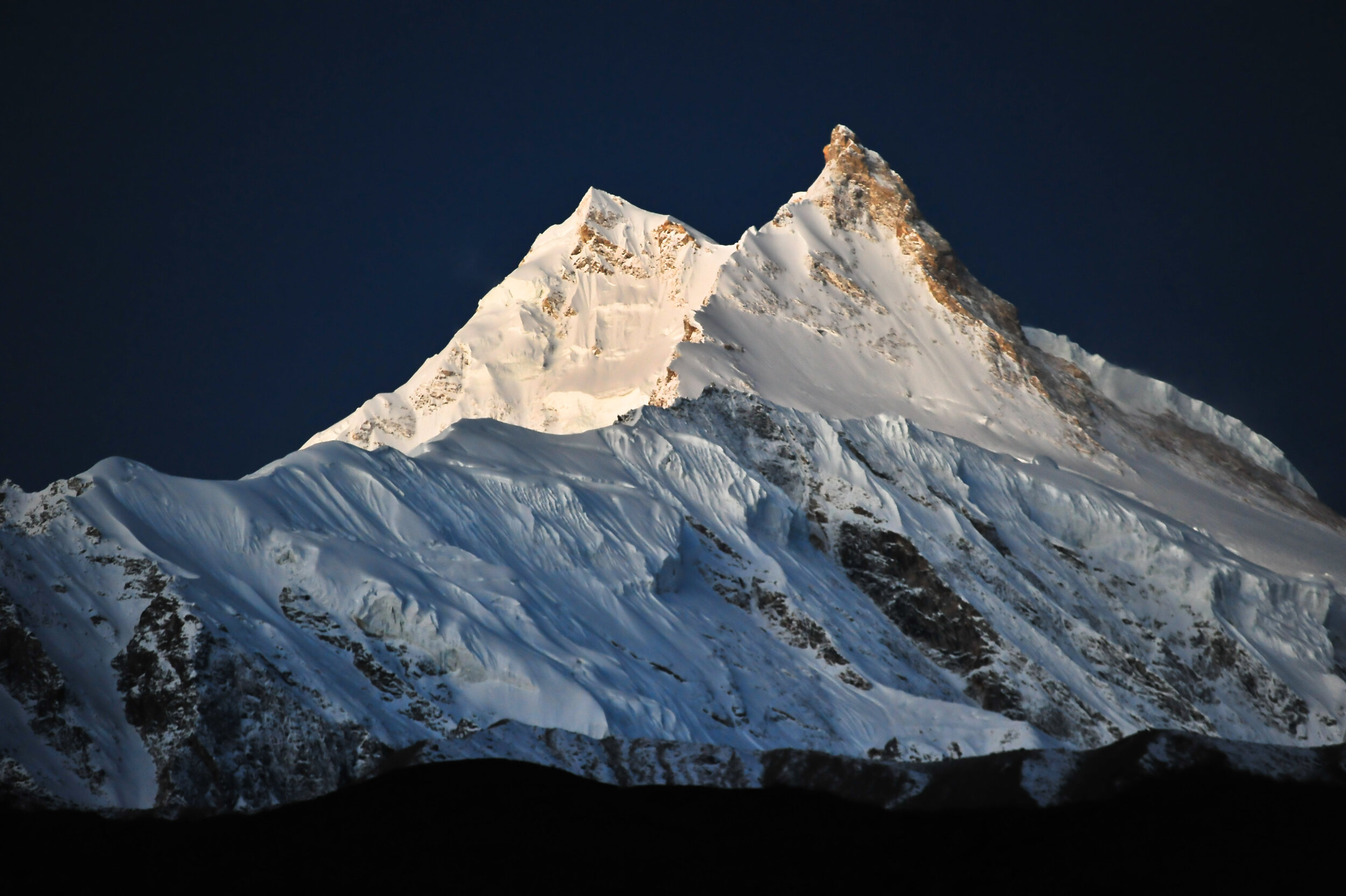

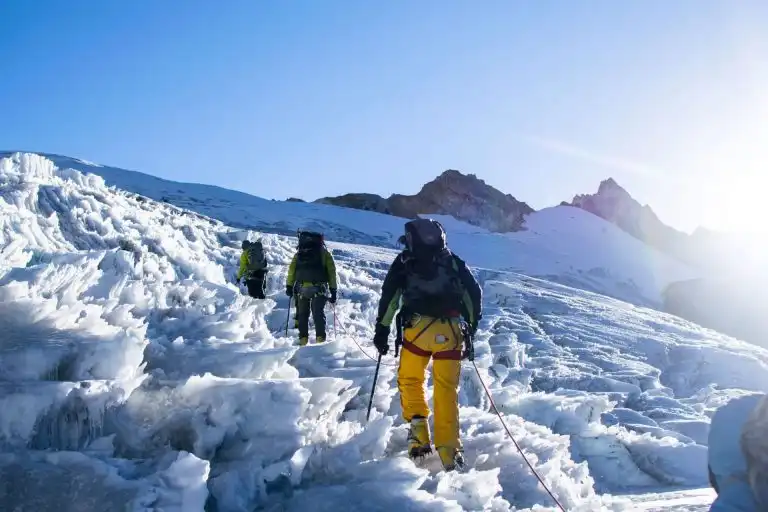
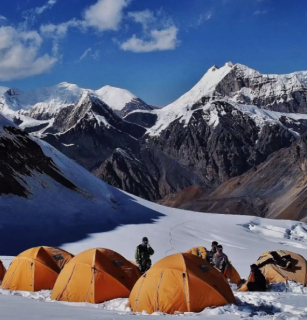
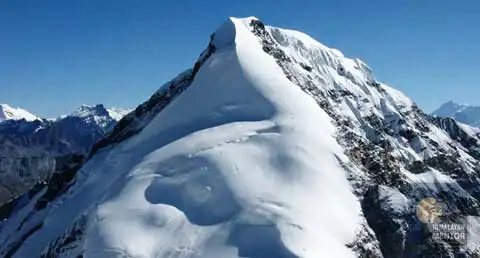
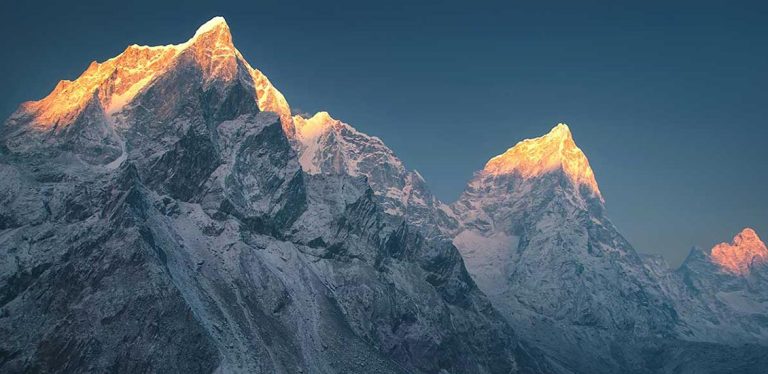
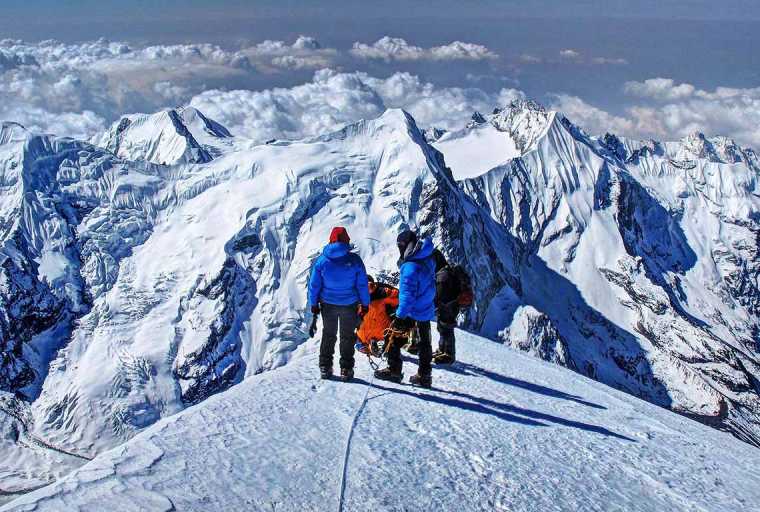
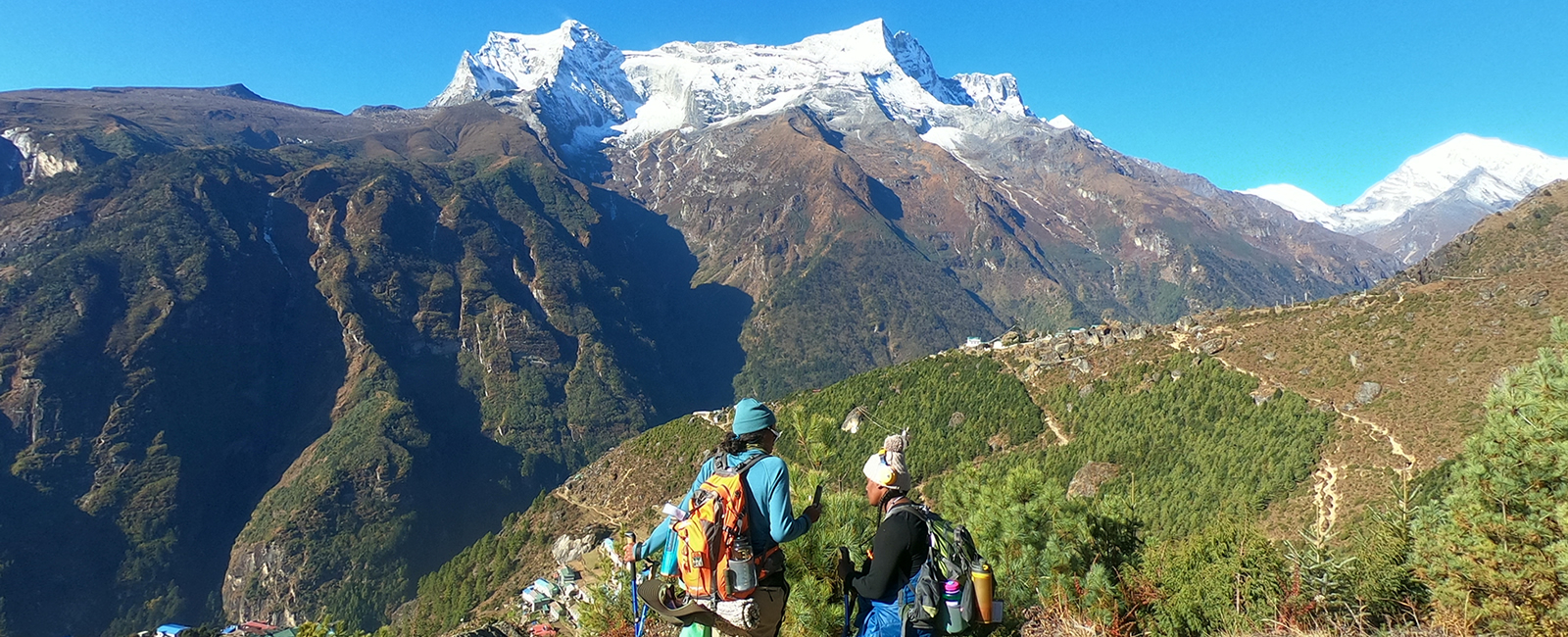
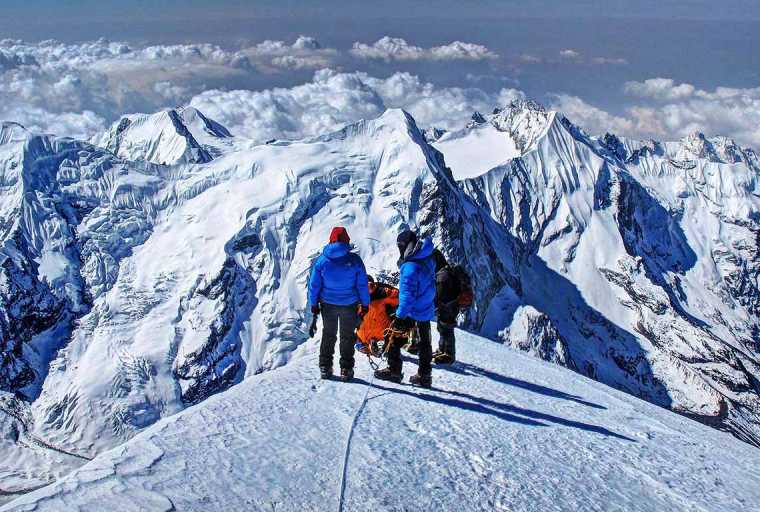
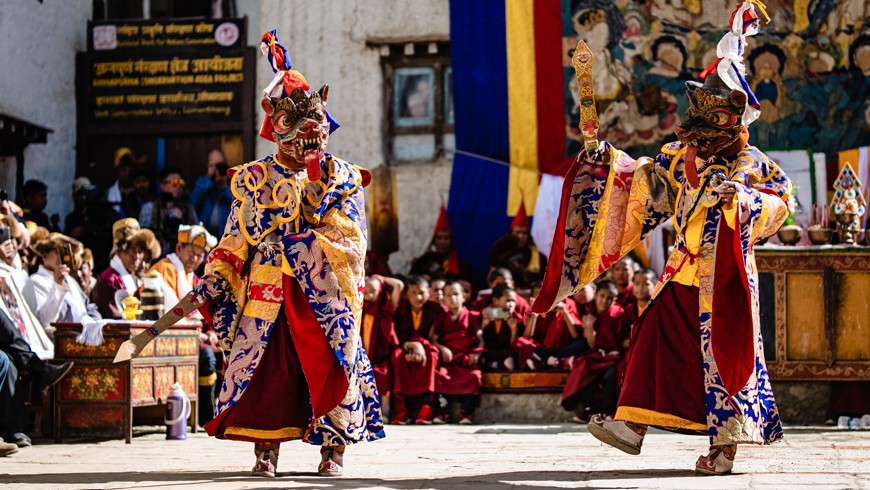
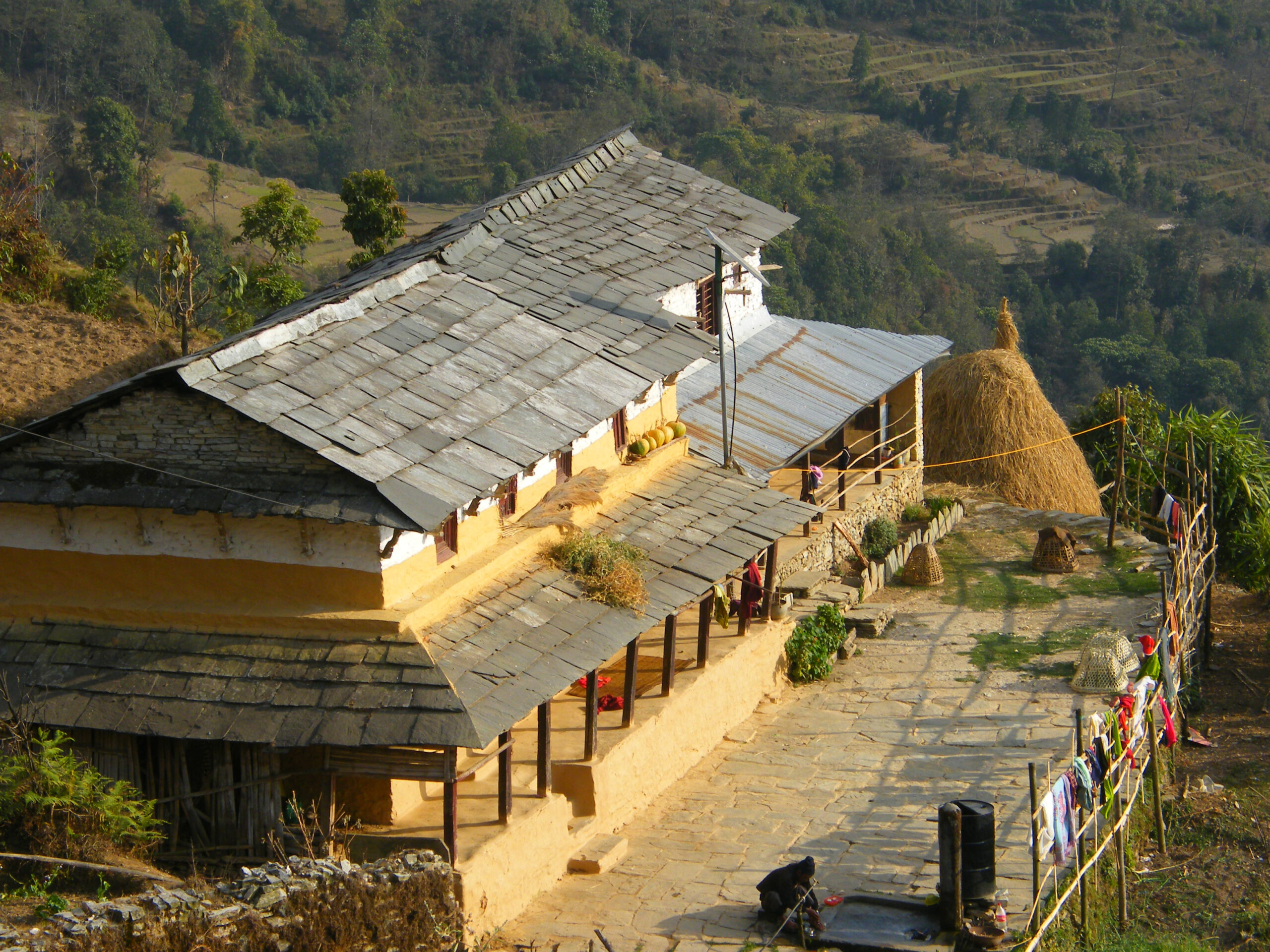
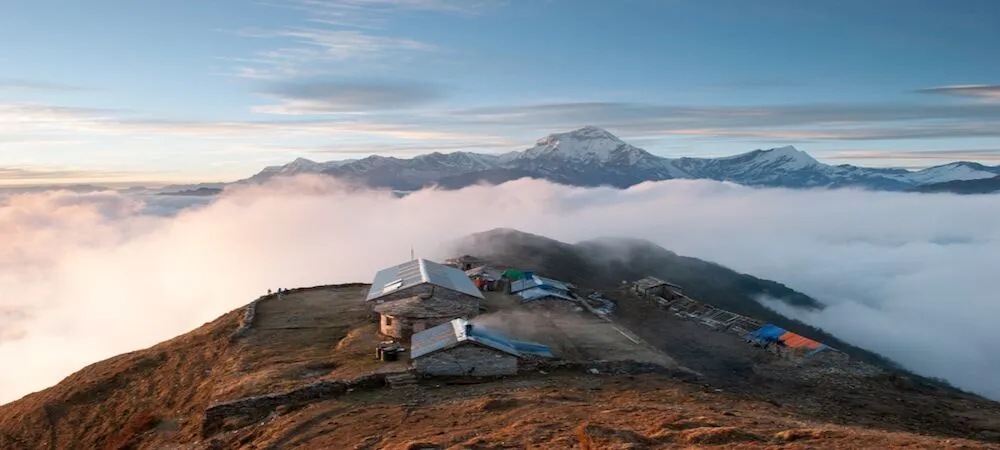
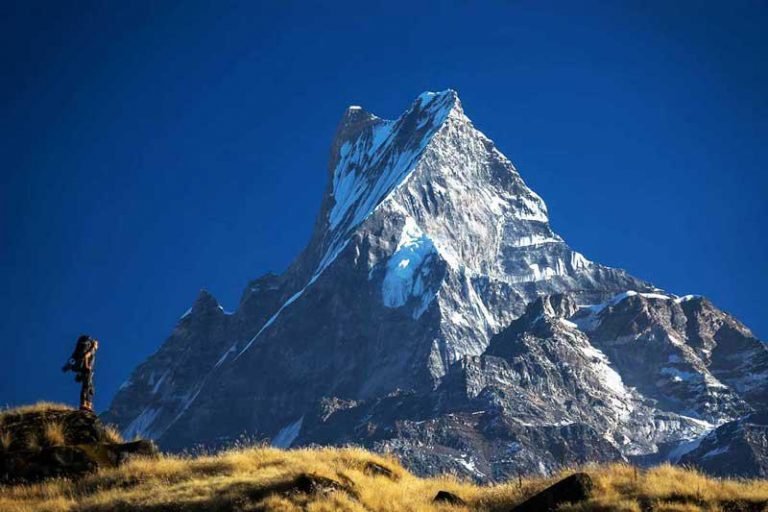
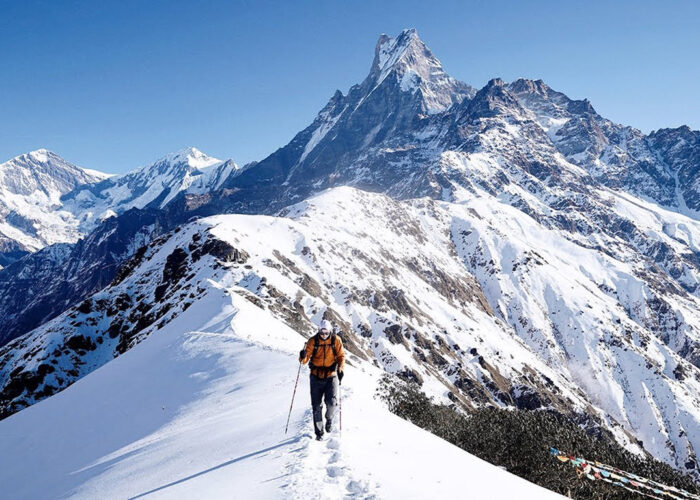
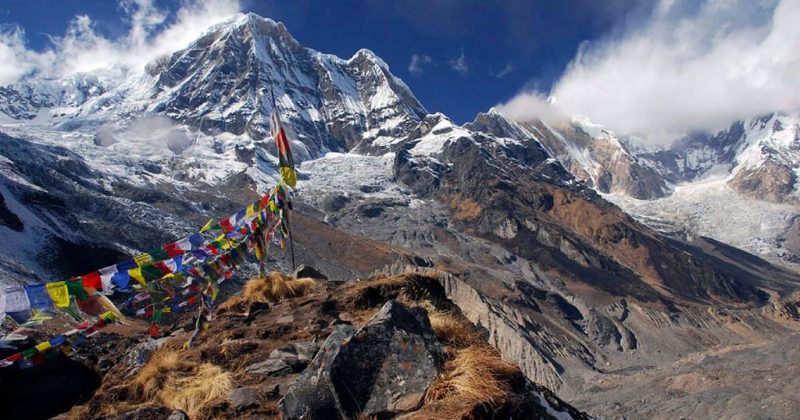
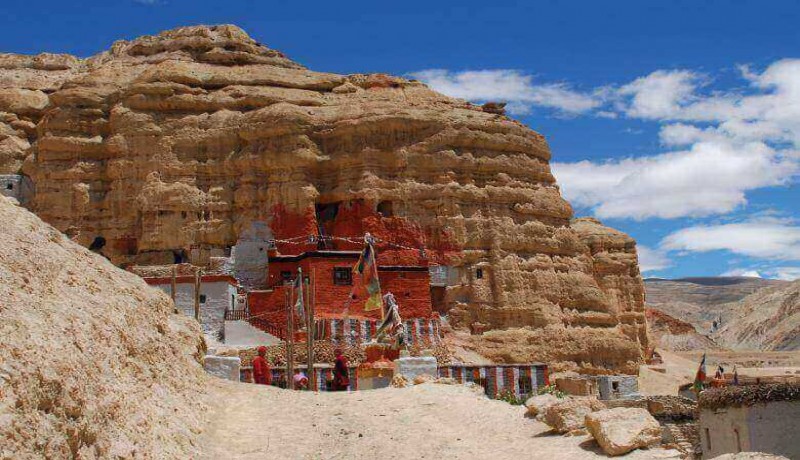
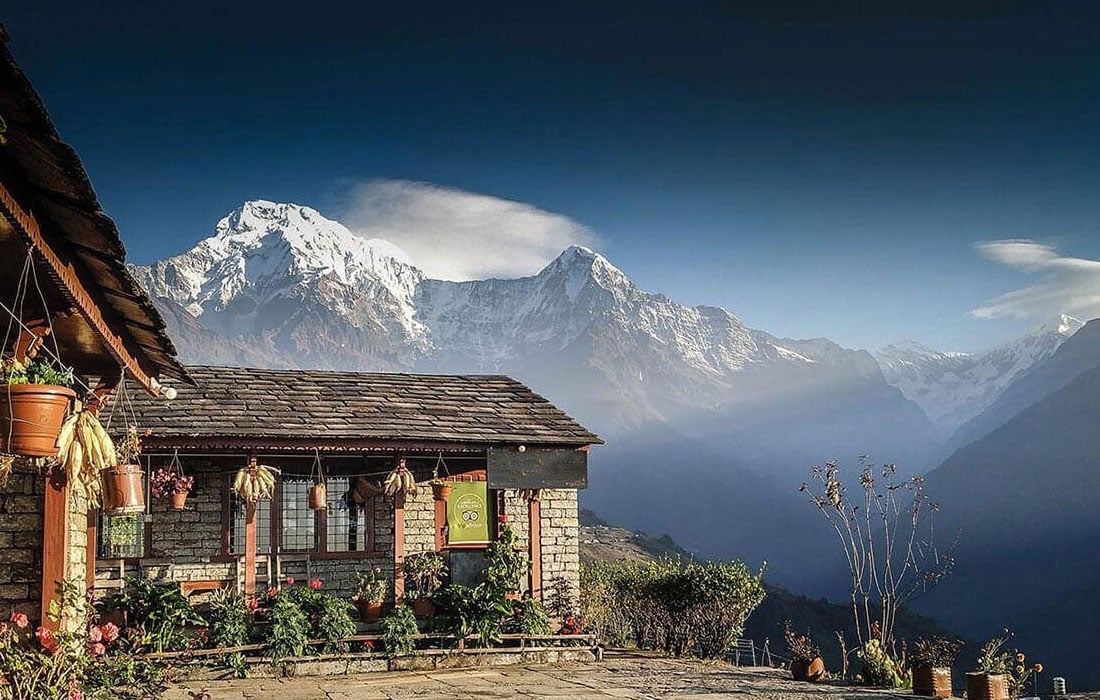
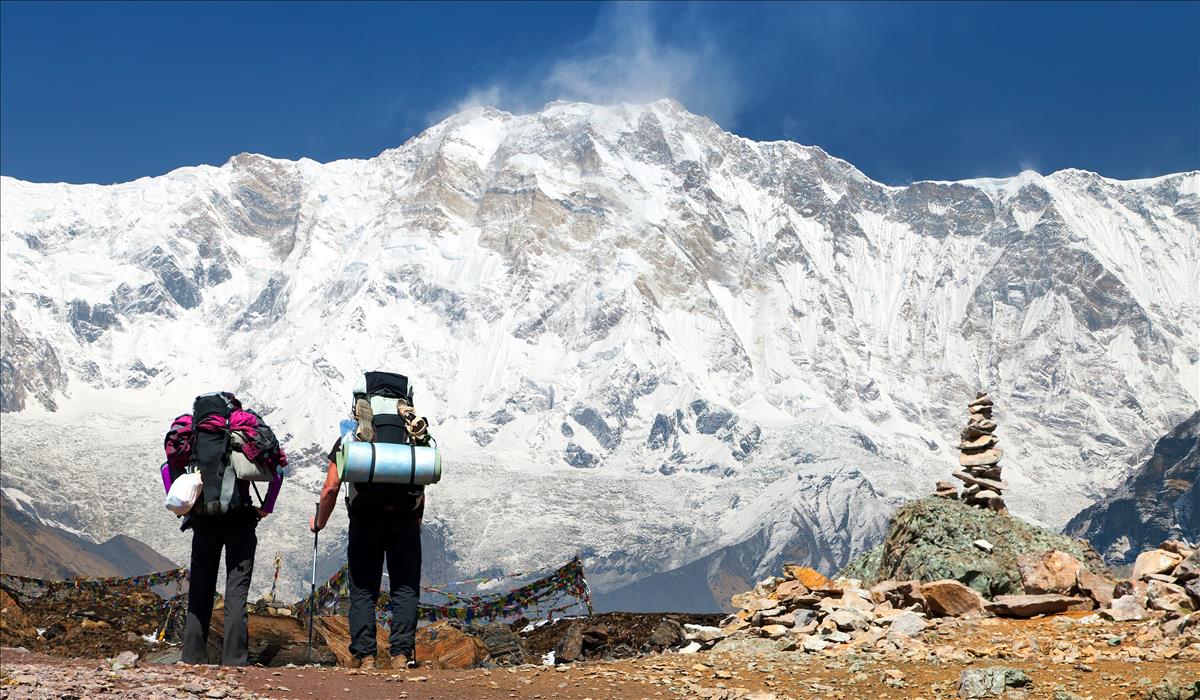
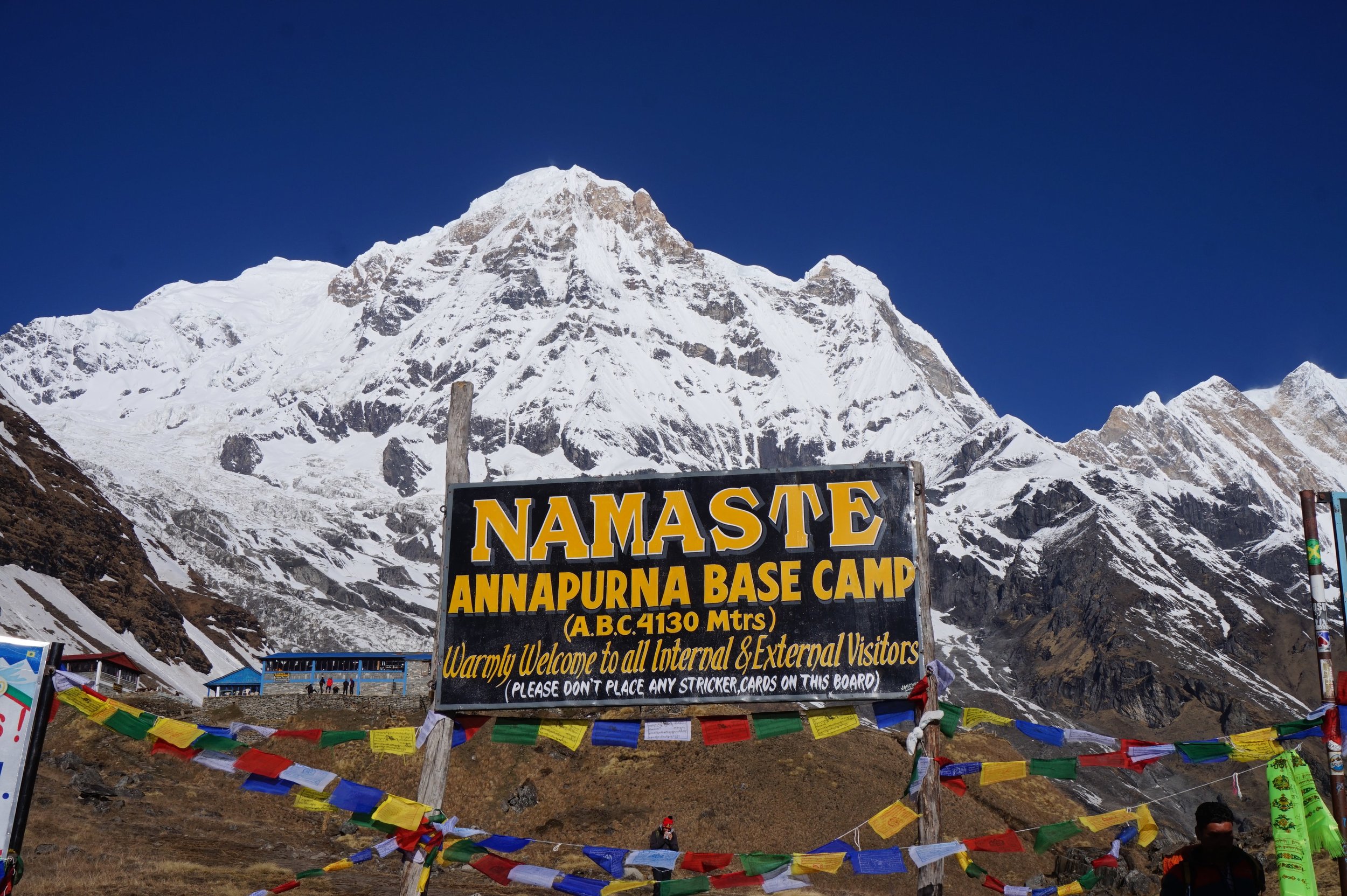
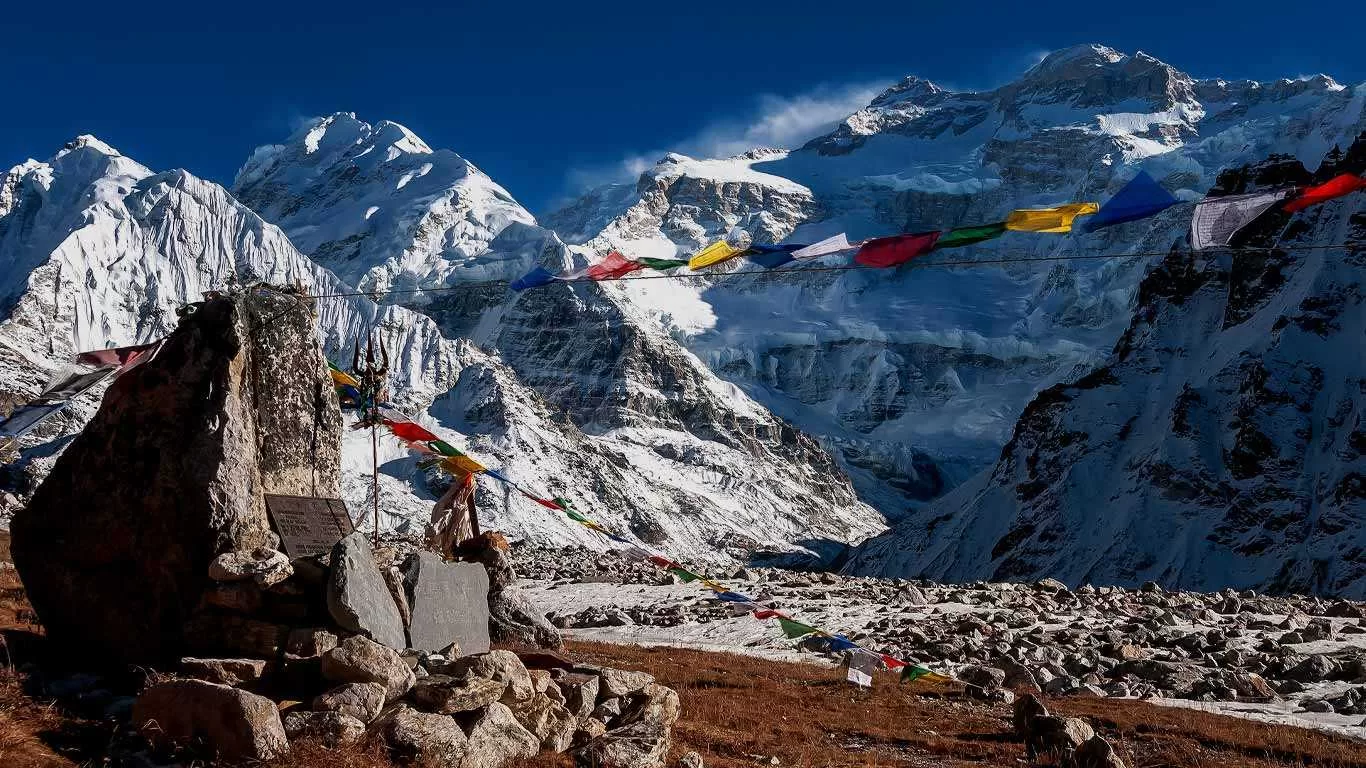
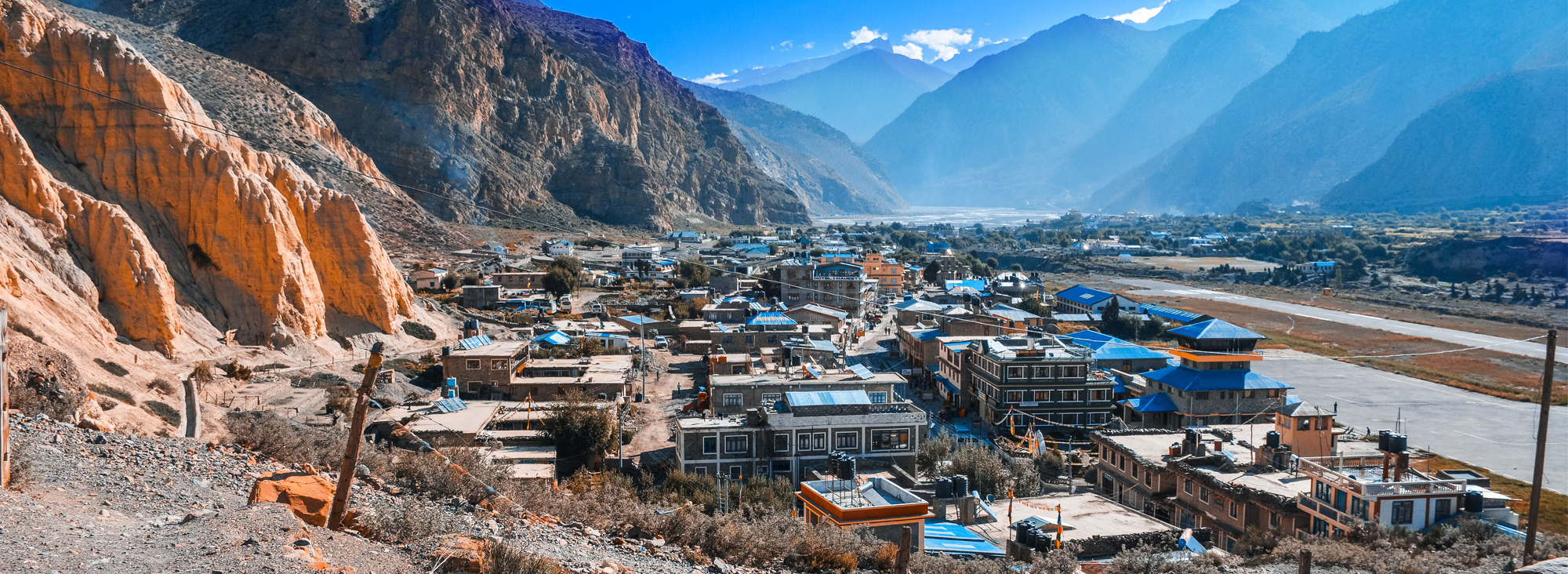
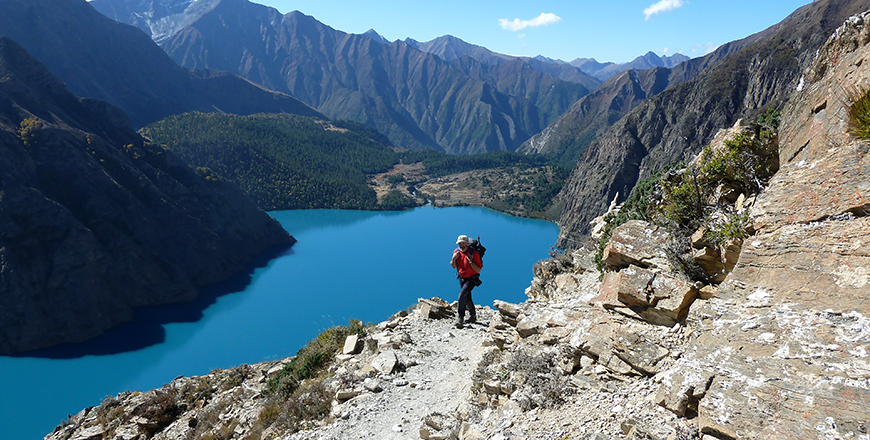
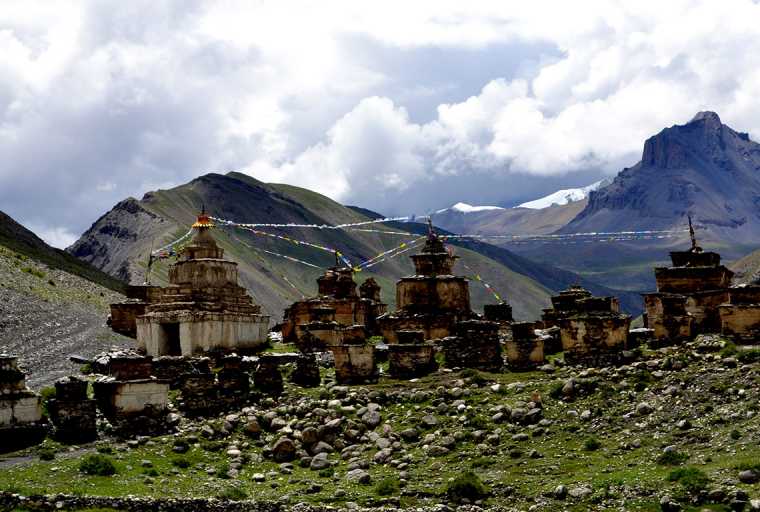
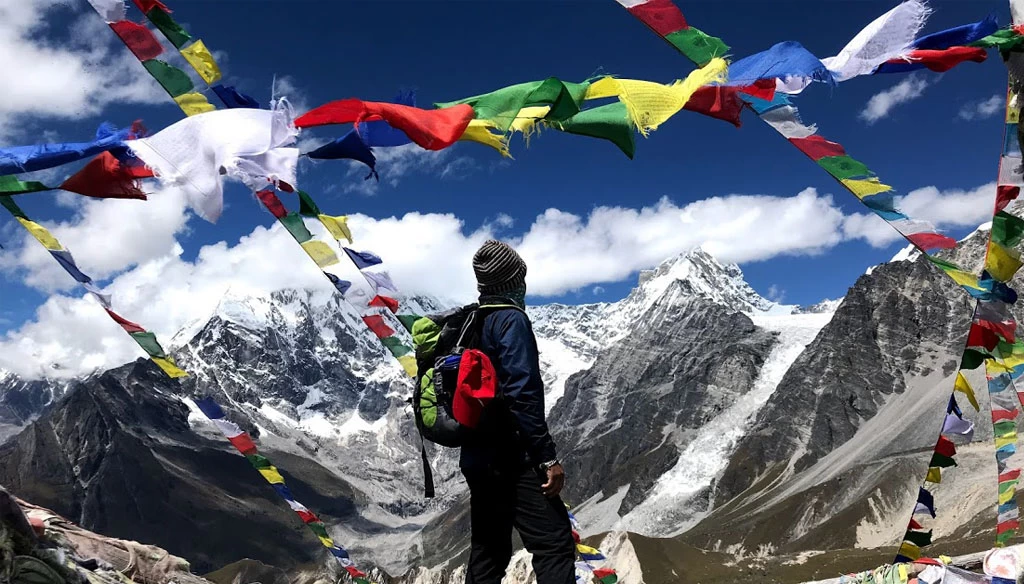

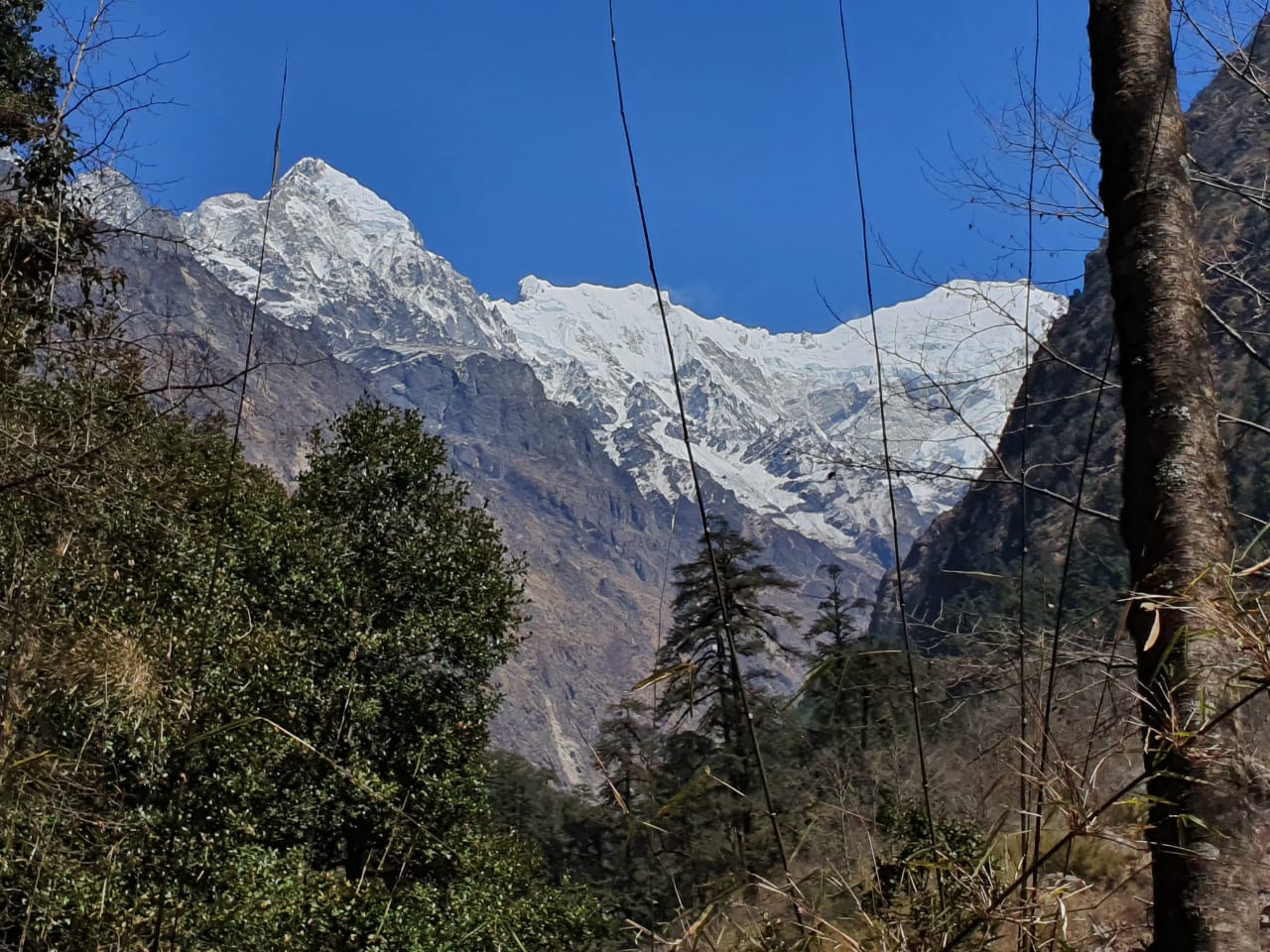
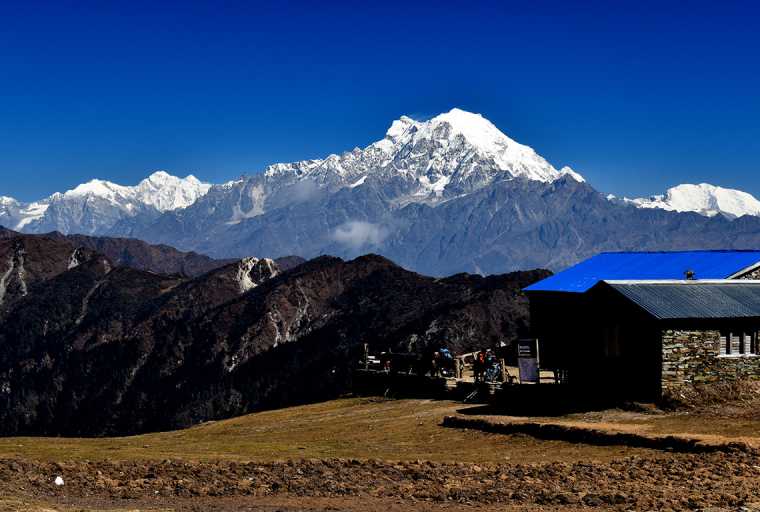
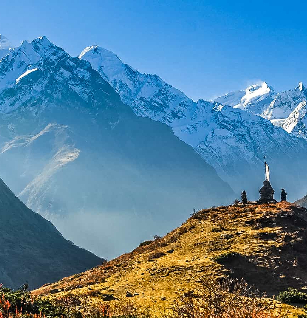
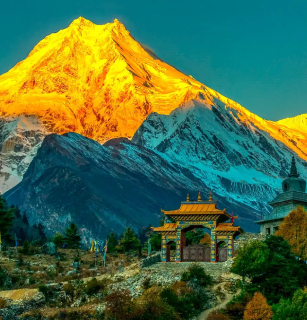
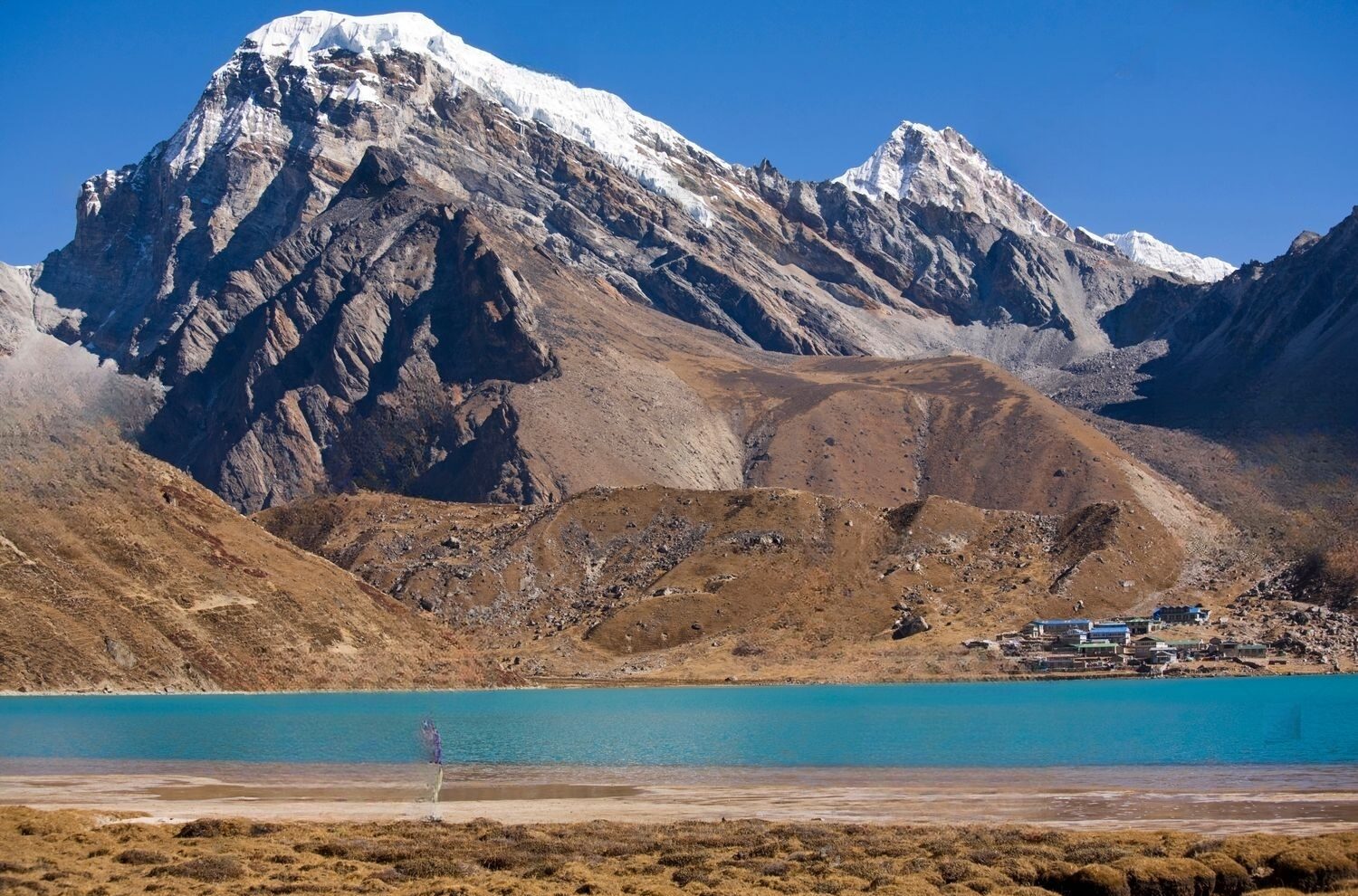
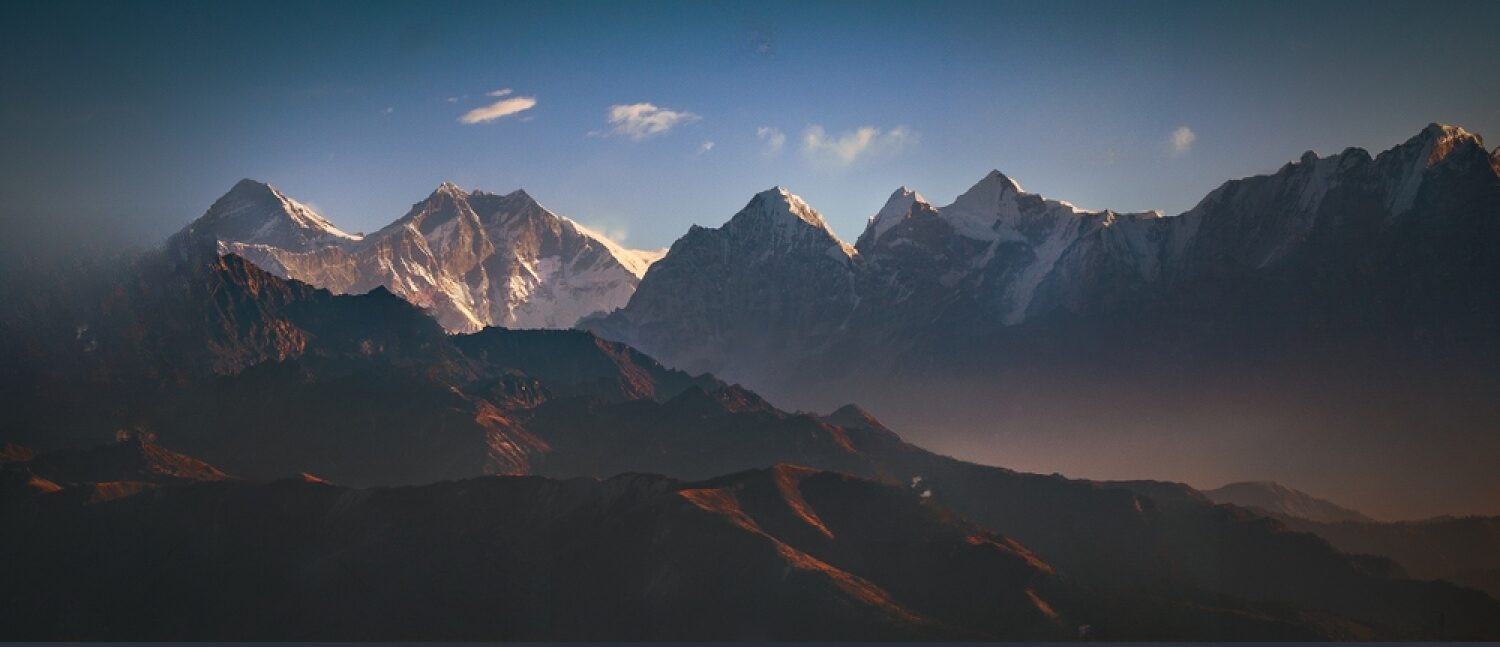
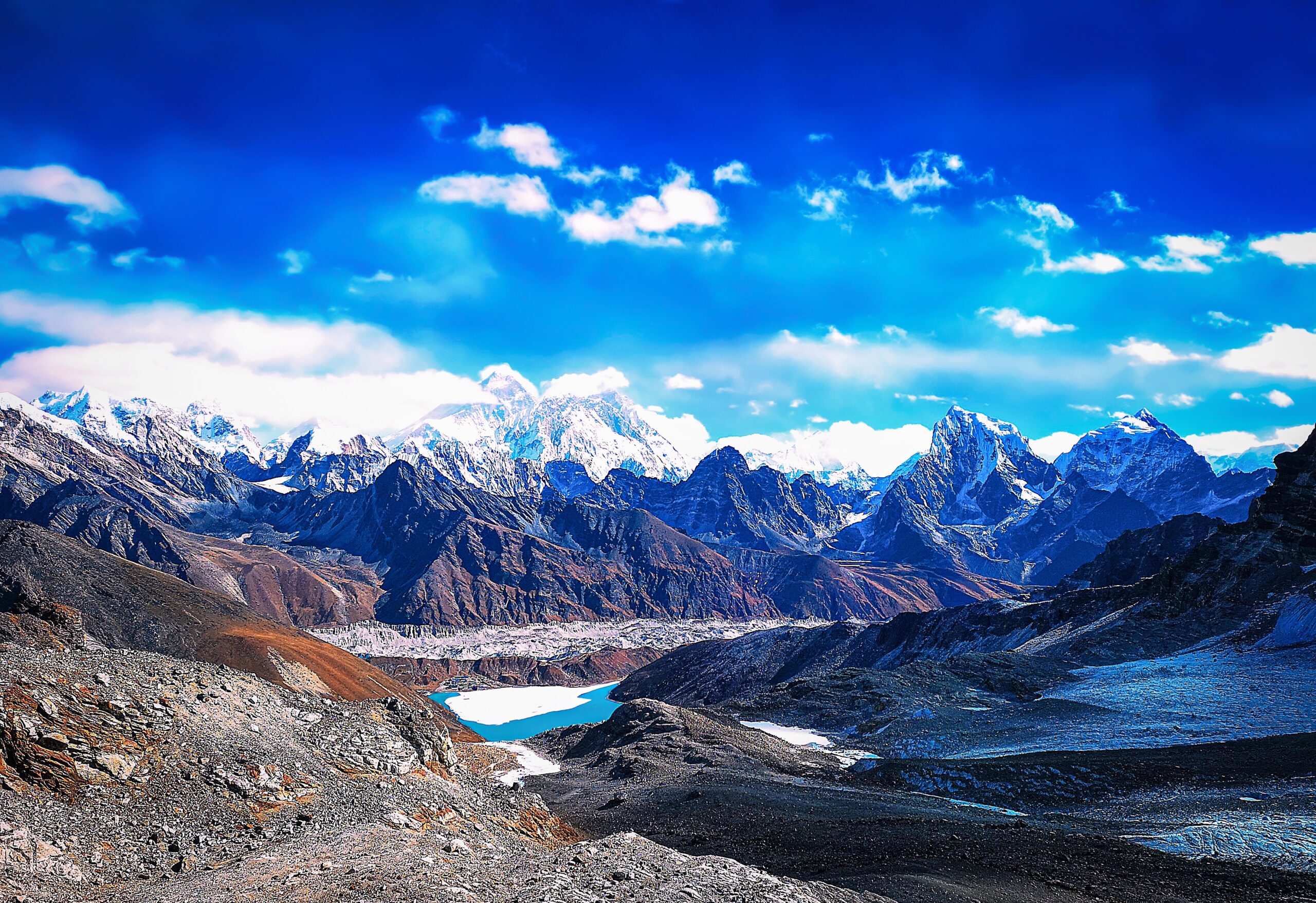
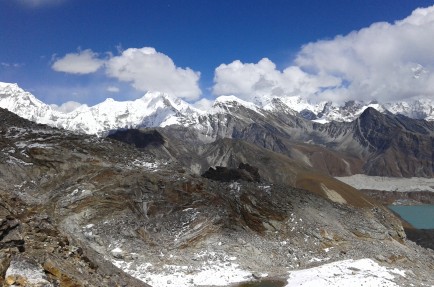
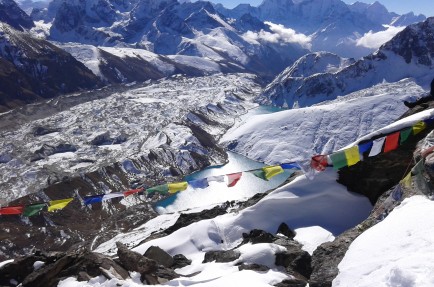
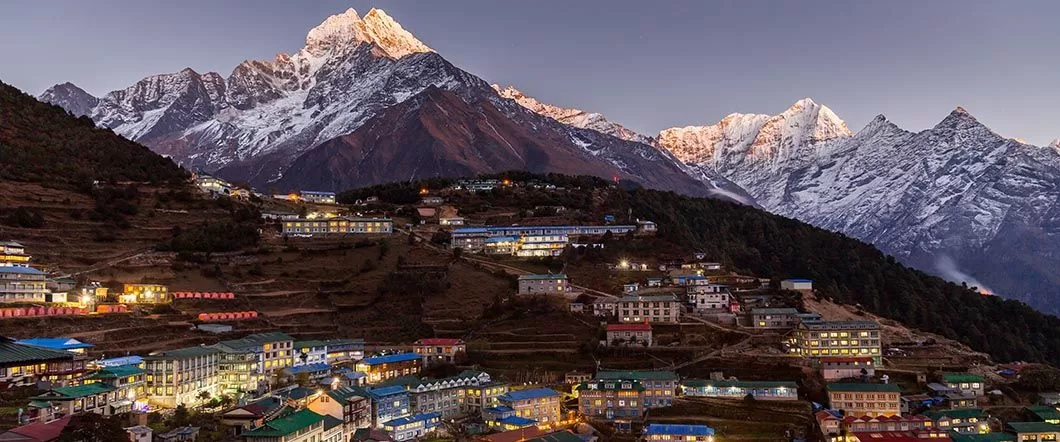
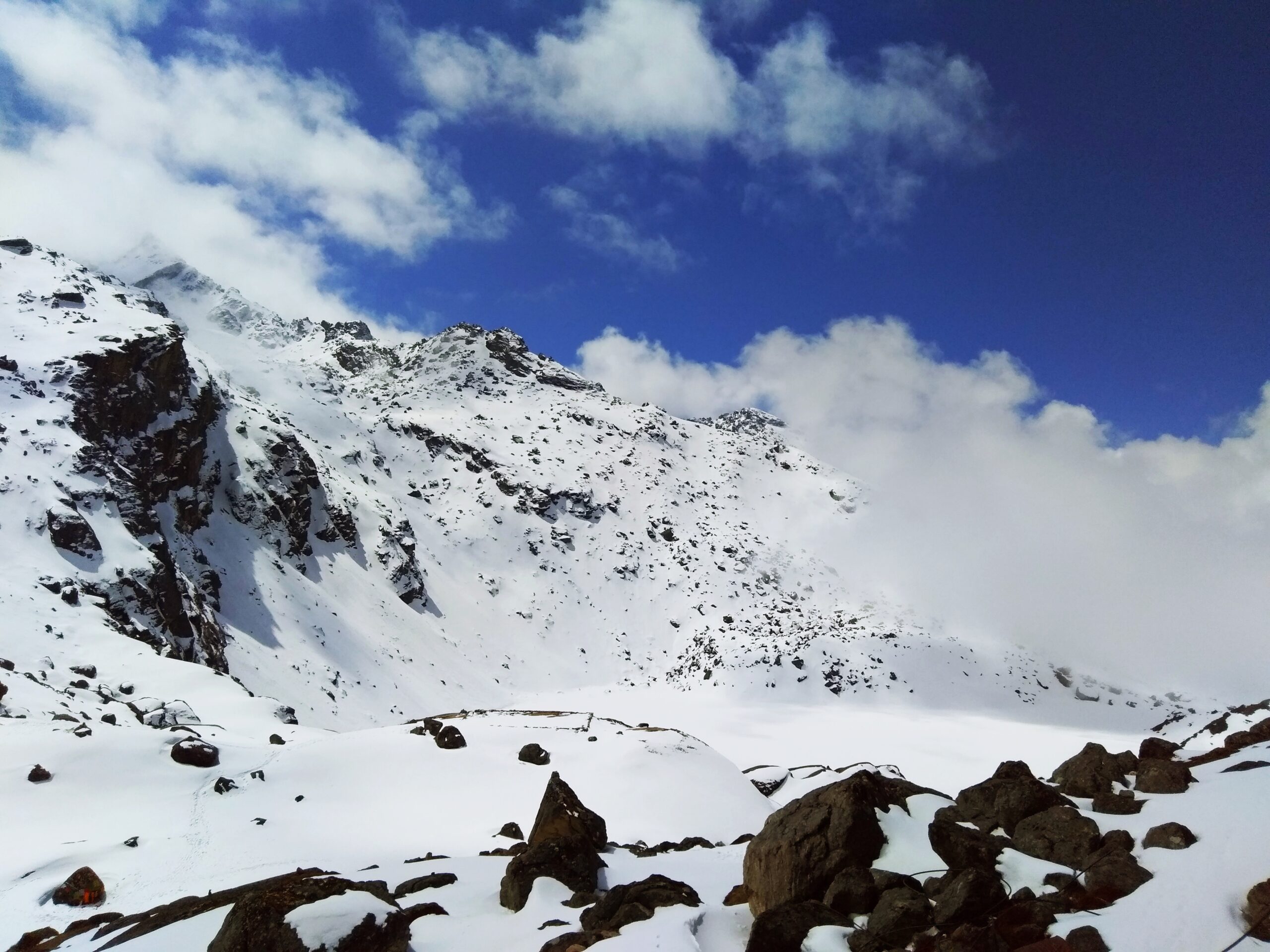
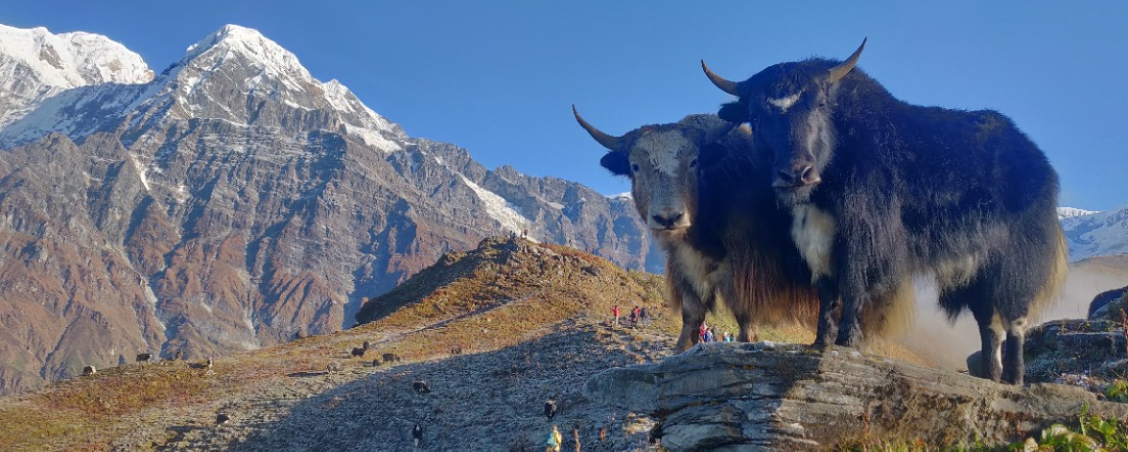
No Reviews Found